While VTOLs are futuristic as it is, Jetoptera’s J-2000 pushes that definition further by looking futuristic even for the year 2050. Most VTOLs are characterized by massive propellers or thrusters that allow liftoff, travel, and landing, but Jetoptera’s J2000 and J4000 vehicles avoid that distinction. Instead, they come with Dyson’s bladeless-fan-inspired hoops on the front and the back. The hoops act as thrusters, relying on a proprietary “fluidic propulsion system (FPS).”
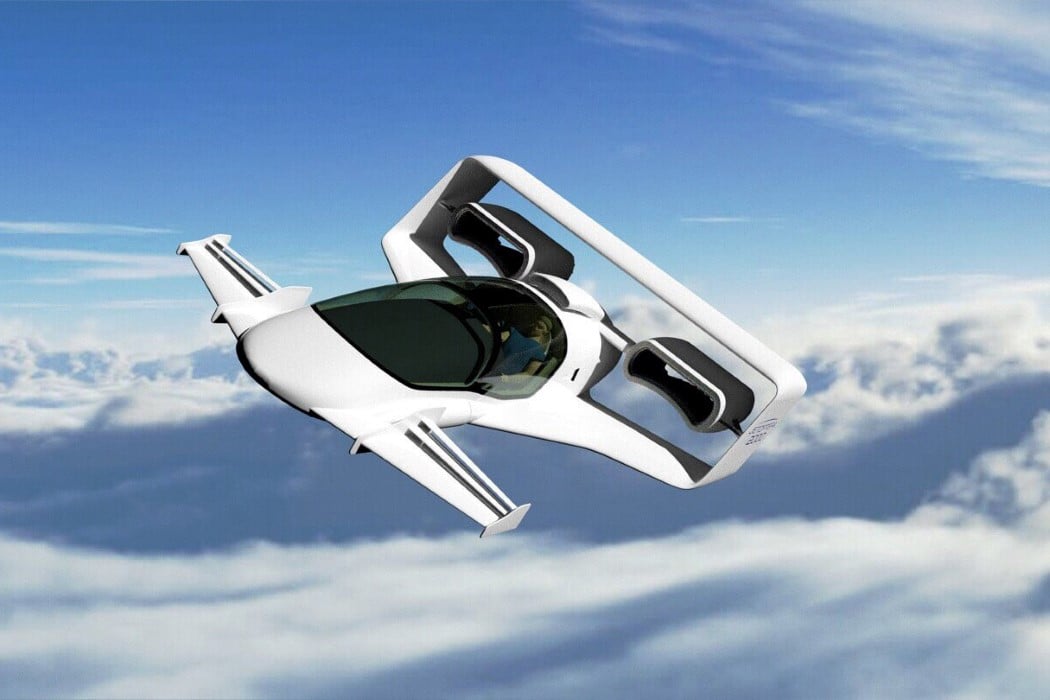
The bladeless thrusters look as well as function quite similarly to how the bladeless fans do, “multiplying” the air to generate more thrust. Both devices rely on fluid dynamics to take a relatively small flow of compressed air, and use it to suck a much greater volume of ambient air through at speed, New Atlas adeptly mentions. Jetoptera’s VTOLs come in two variants. A smaller, consumer-friendly J-2000 that comfortably seats 2 people, while a larger J-4000 works like a town car, seating 4. They work just as VTOLs and eVTOLs would work, lifting off and landing vertically like a helicopter, but traveling forward like a miniature plane.
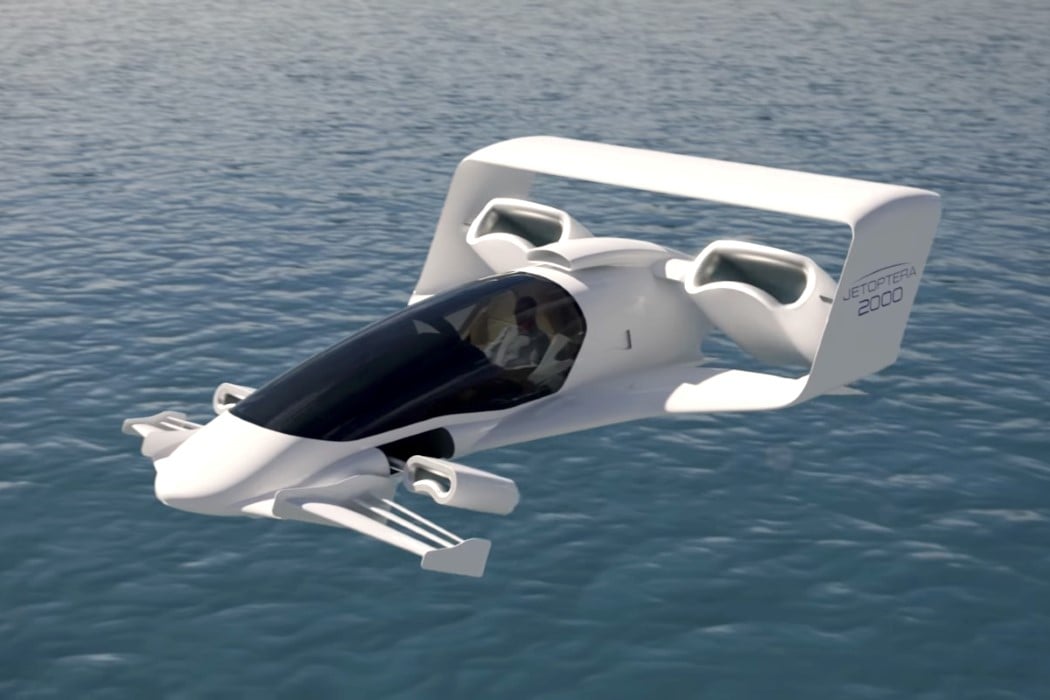
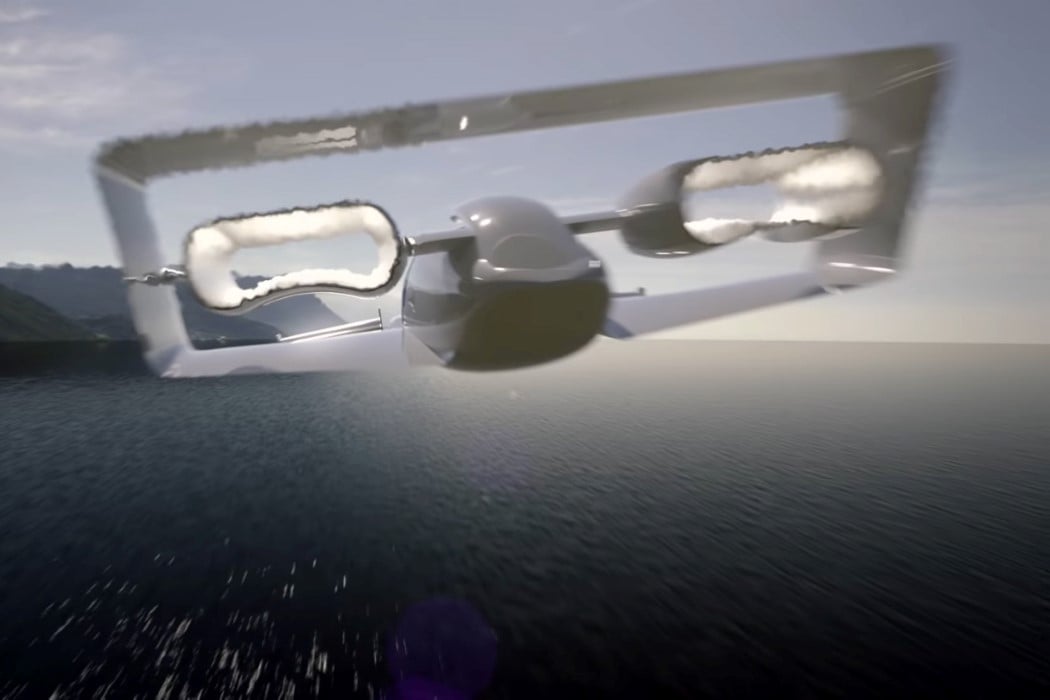
Interestingly enough, the J-2000 and J-4000 are just proof-of-concepts. Jetoptera doesn’t intend on producing these vehicles for use, and wants to avoid going down the arduous path of certifications and aircraft development. Rather, the eVTOLs we see here are proof-of-concepts for Jetoptera’s secret sauce, its bladeless propulsion system. Unlike most VTOLs that run using propellers, Jetoptera’s propellers aren’t limited to a circular shape due to the rotating fan. Given that the fan is located somewhere within the aircraft, the bladeless propellers themselves can pretty much be any shape Jetoptera likes. I personally think the long, flat, almost-rectangular thrusters lend a uniquely futuristic touch to the aircraft. Jetoptera hopes to perfect this propulsion system and build it for other aircraft manufacturers. It’s currently in talks with the US Air Force that’s really interested in the technology.
Designer: Jetoptera
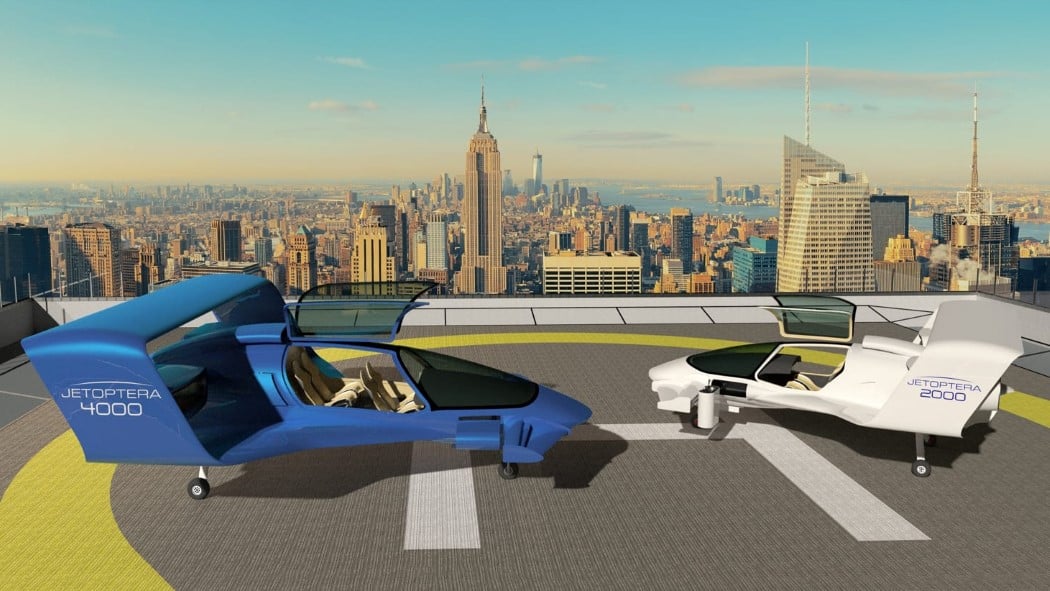
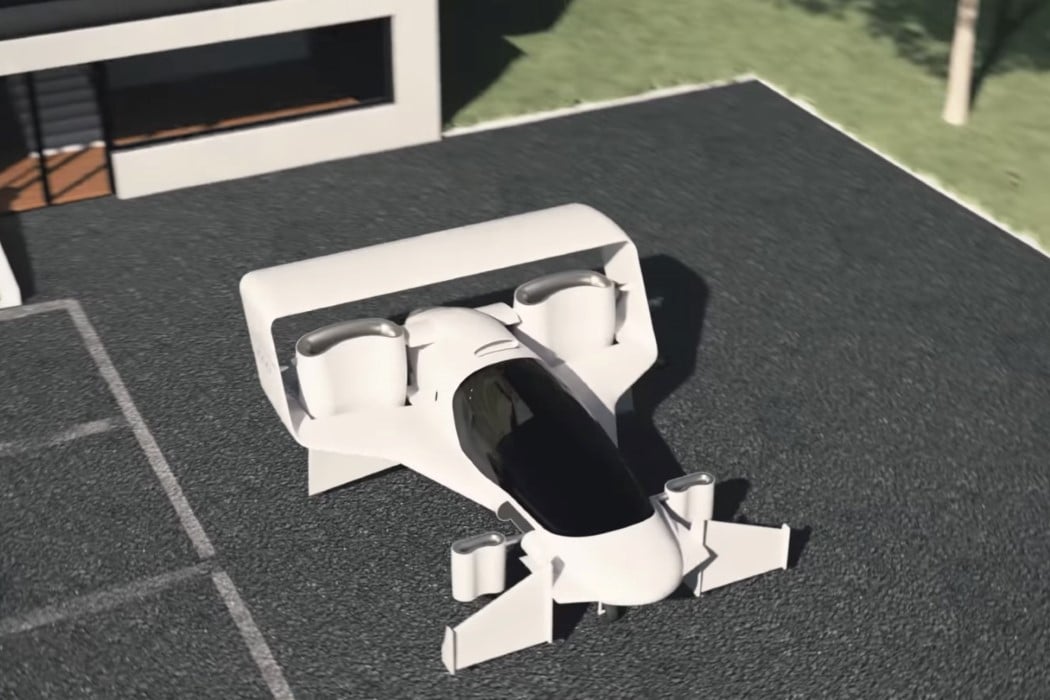
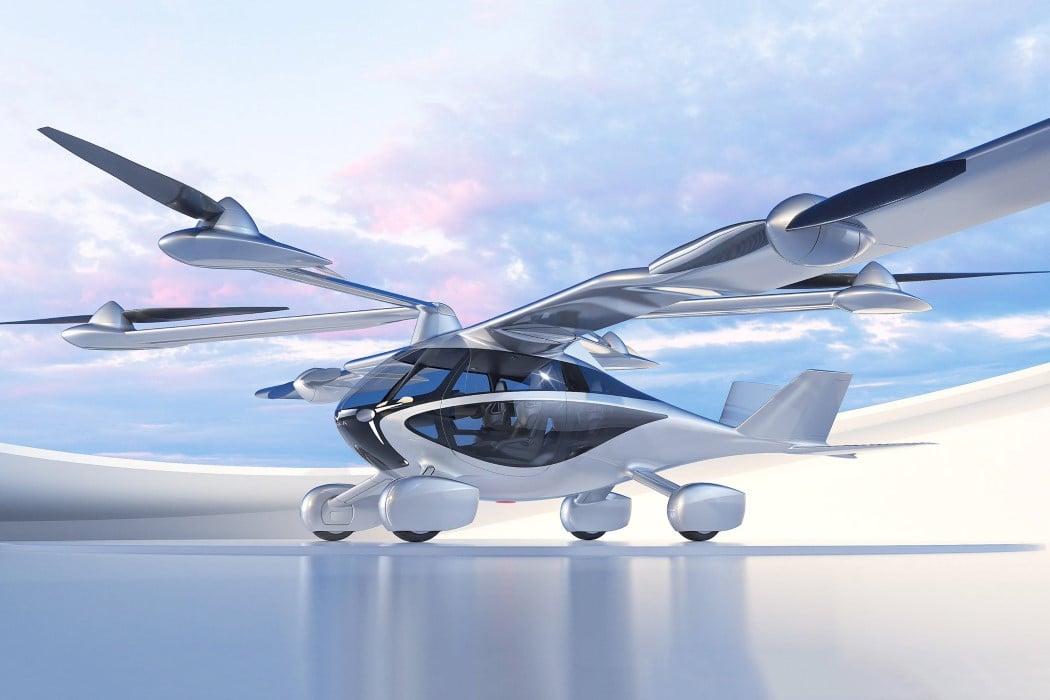

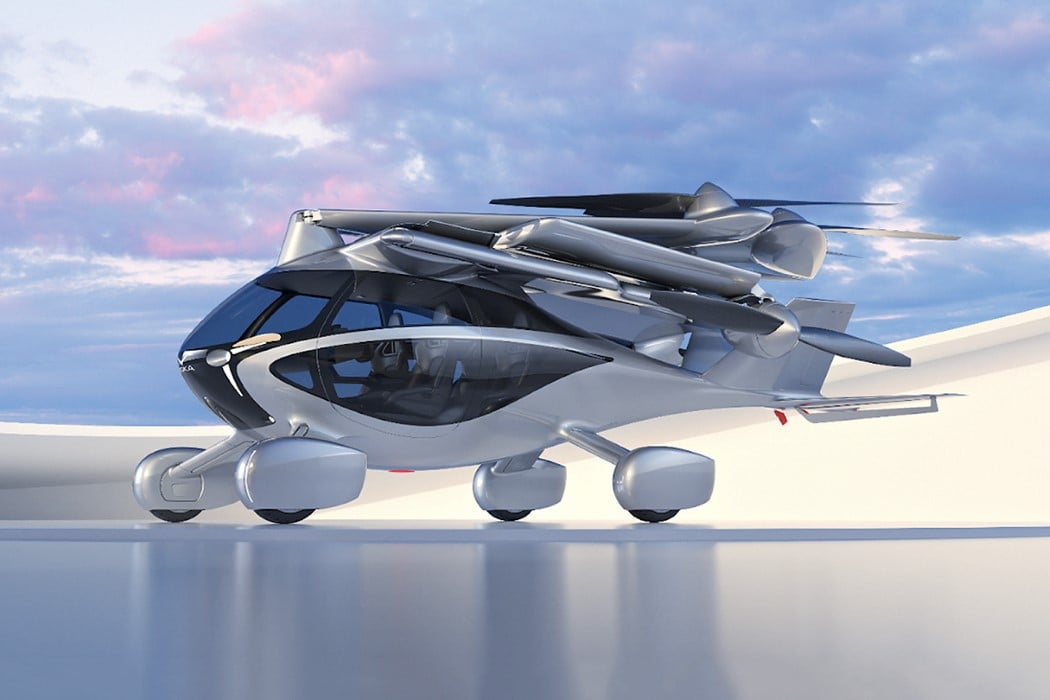
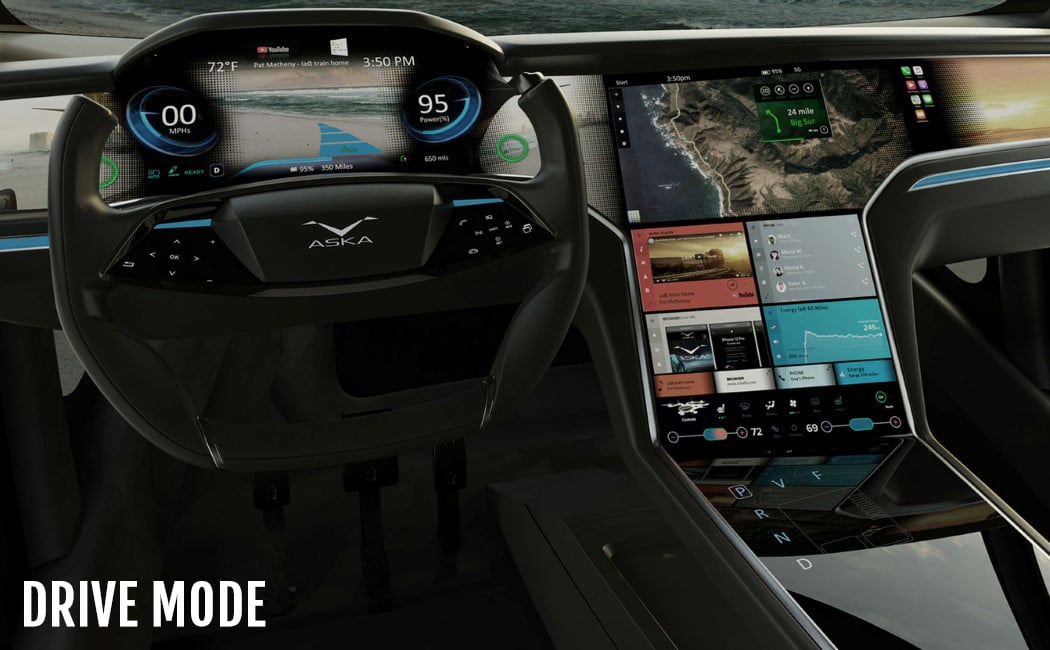
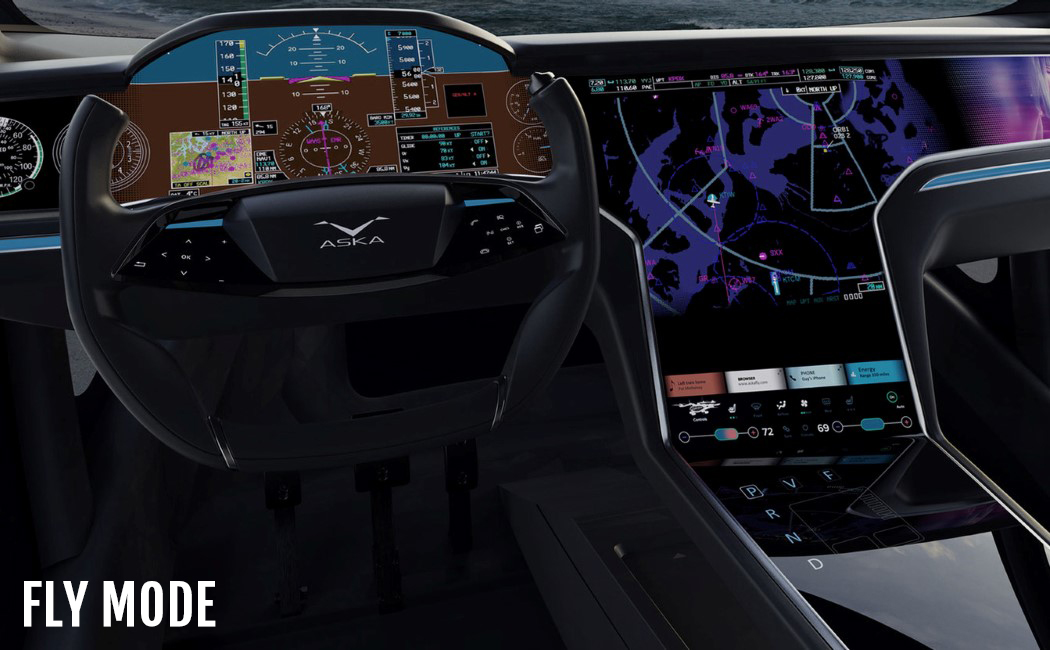
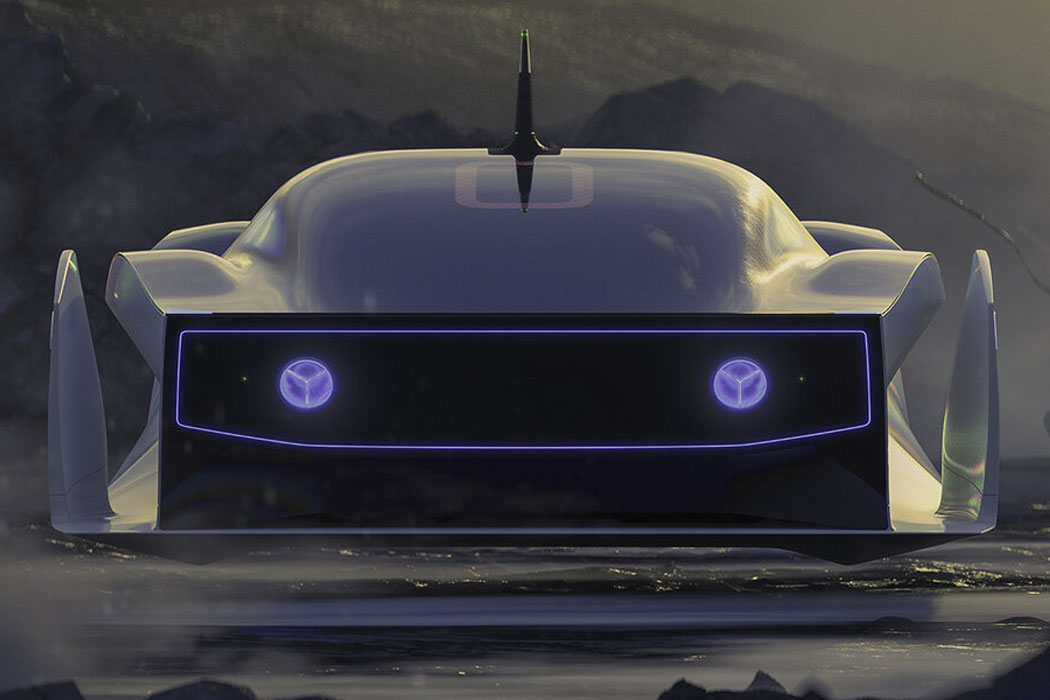
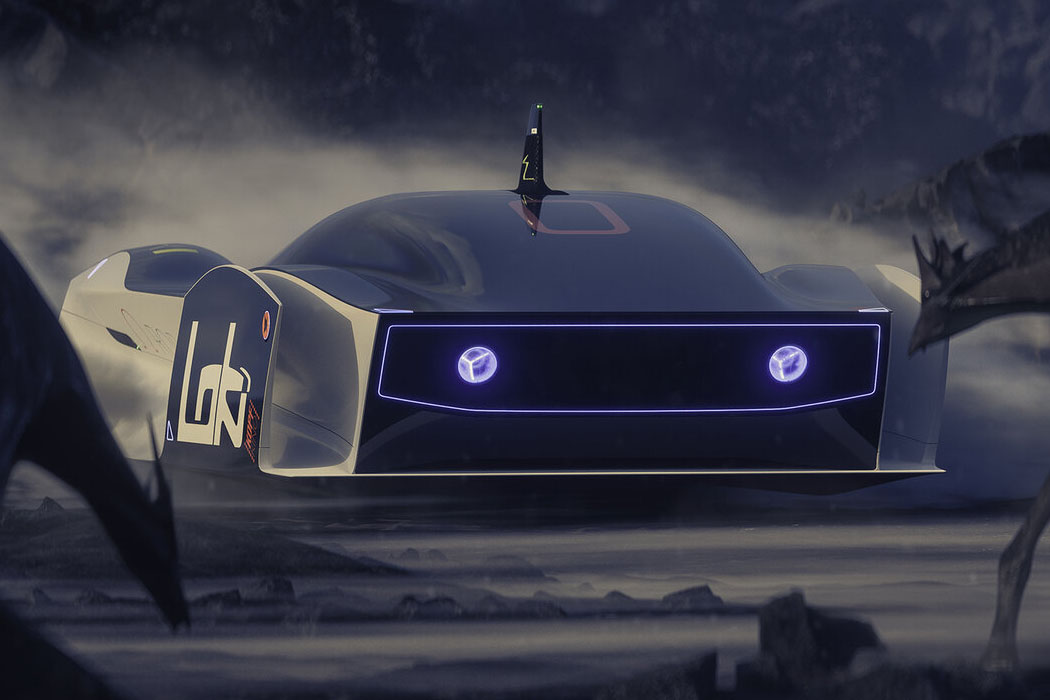
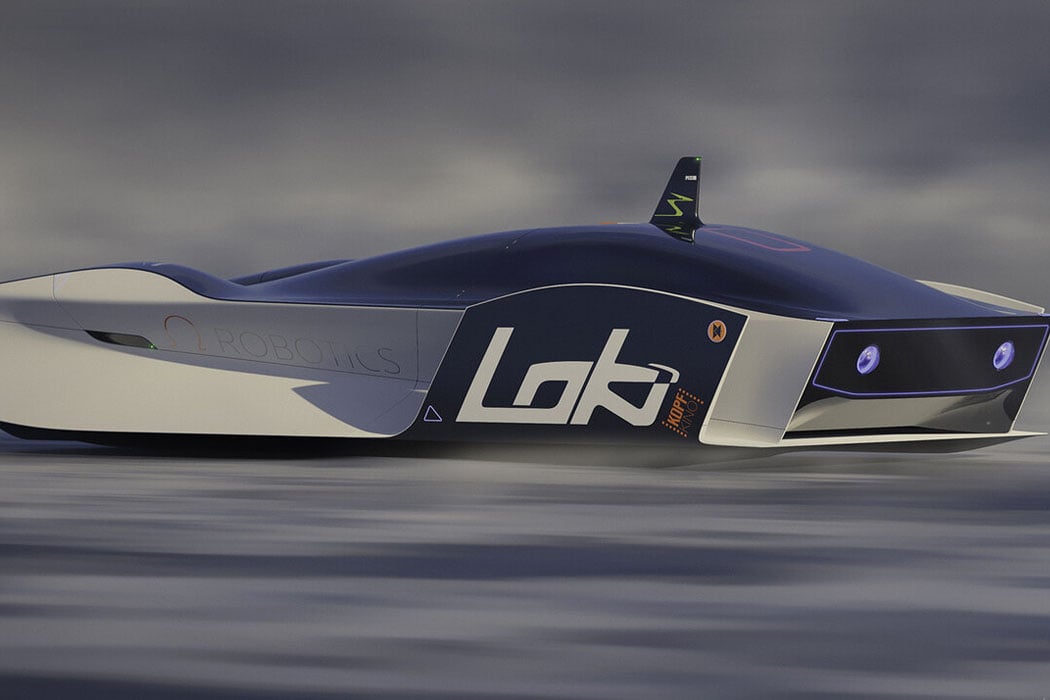
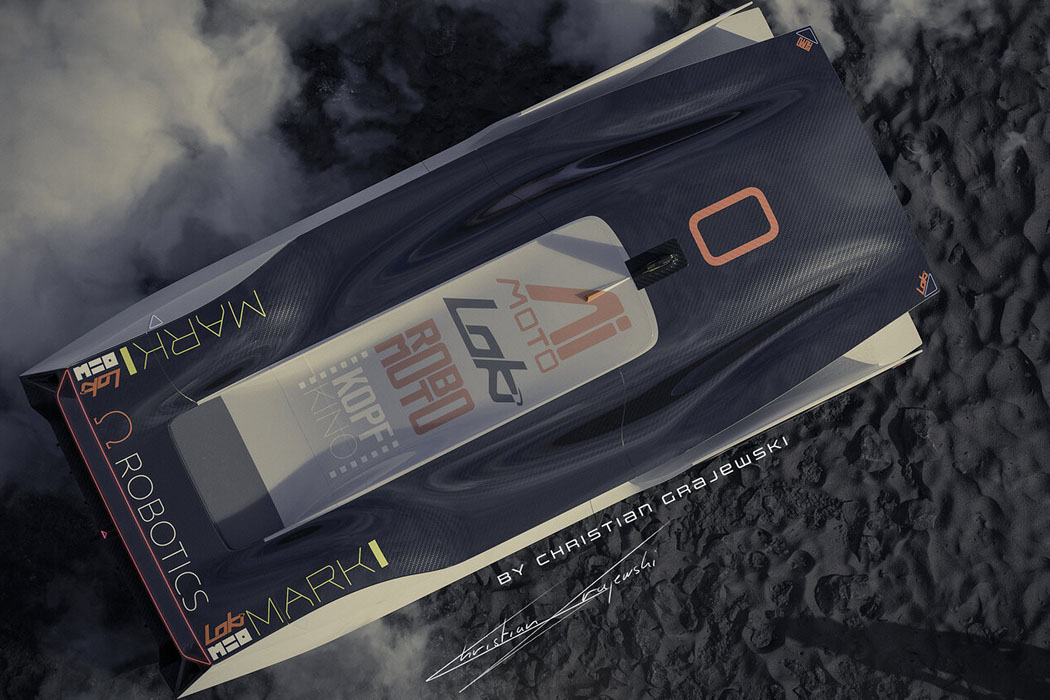
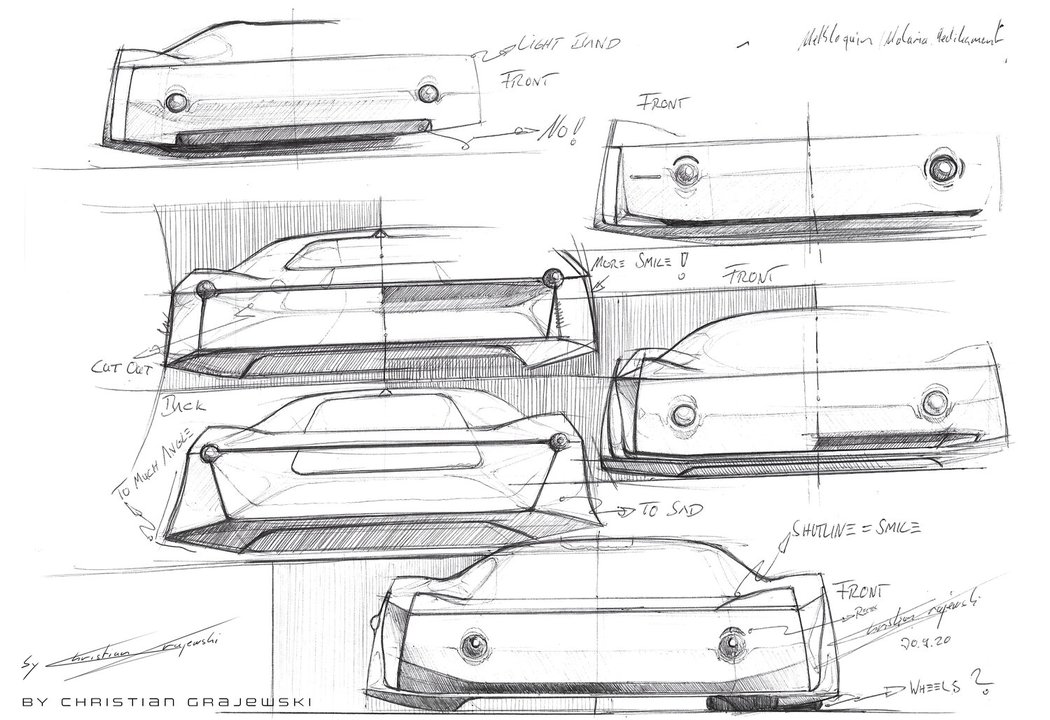
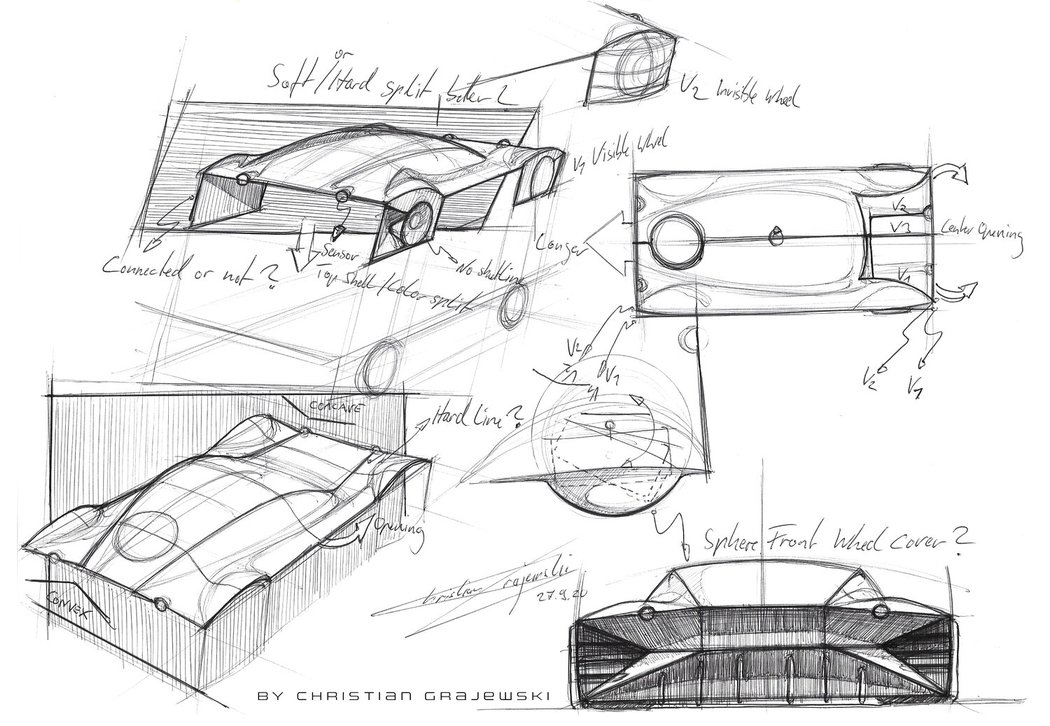
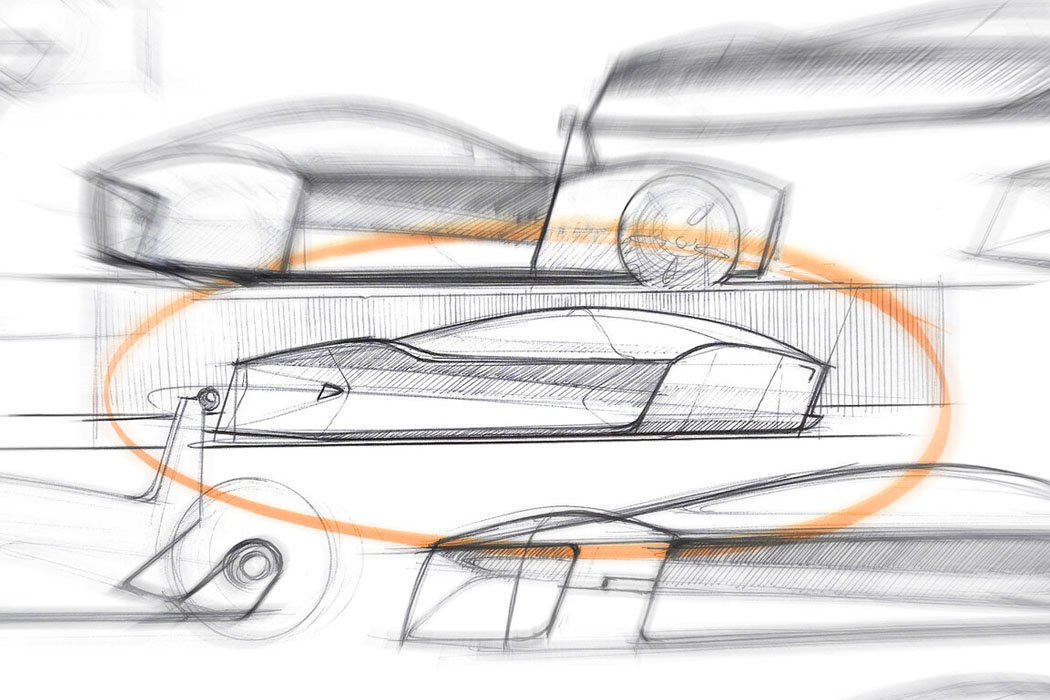
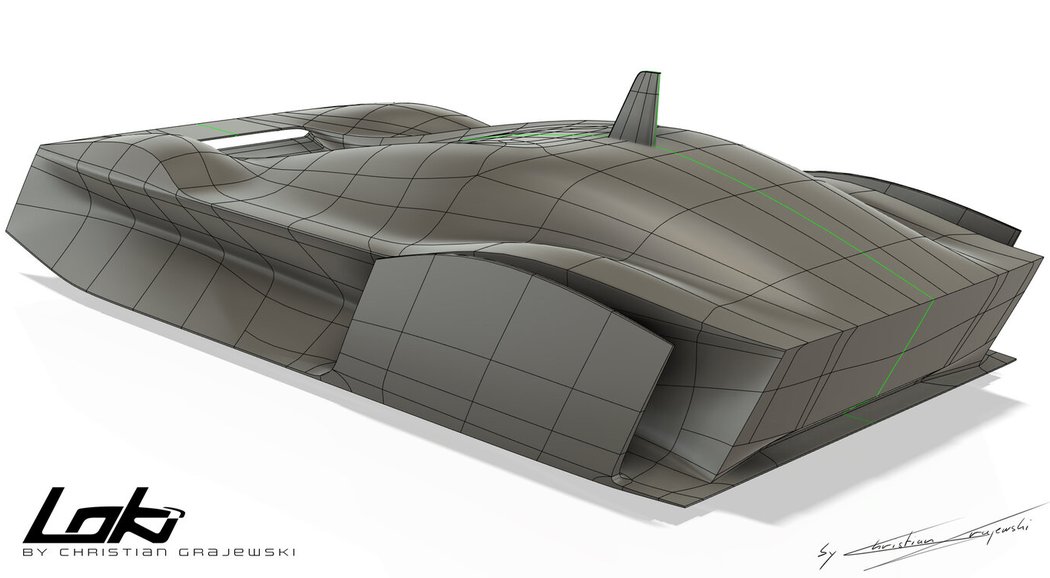
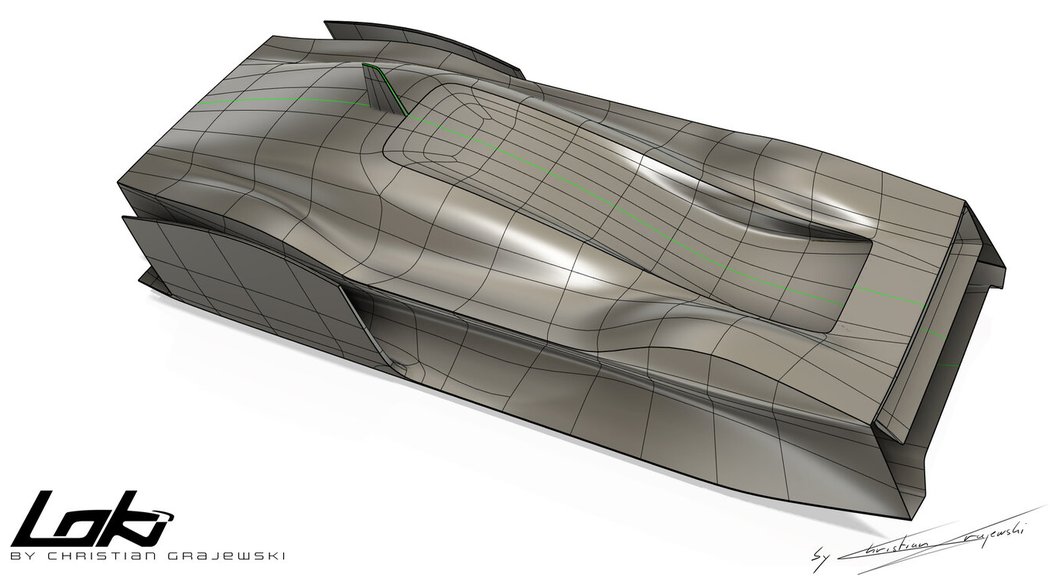
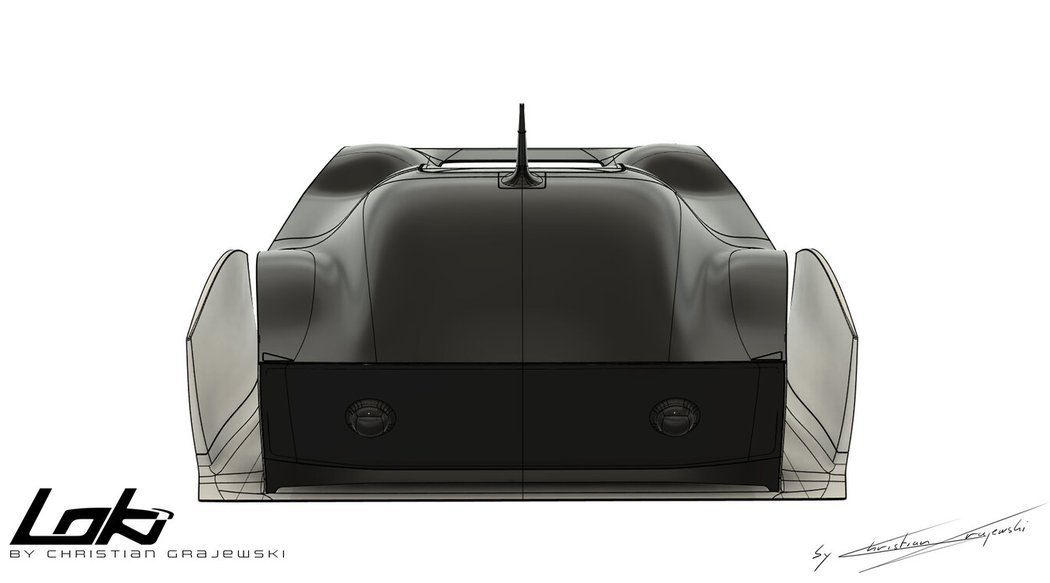
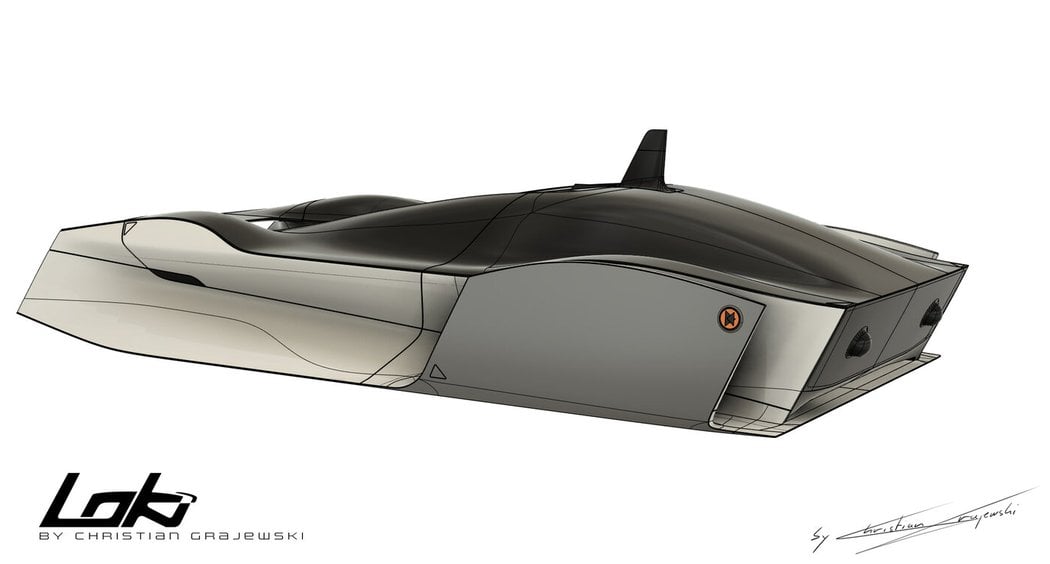
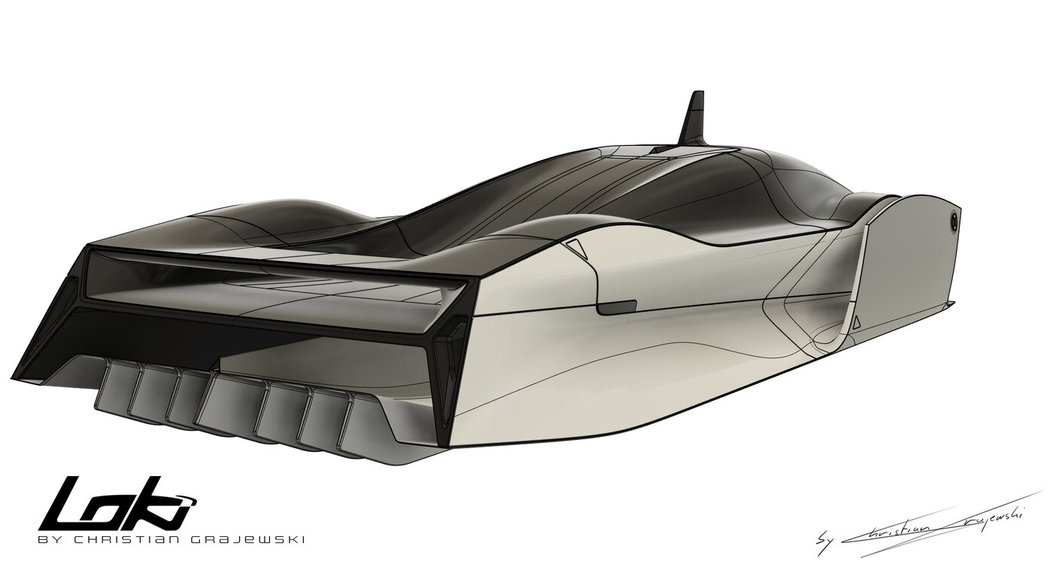
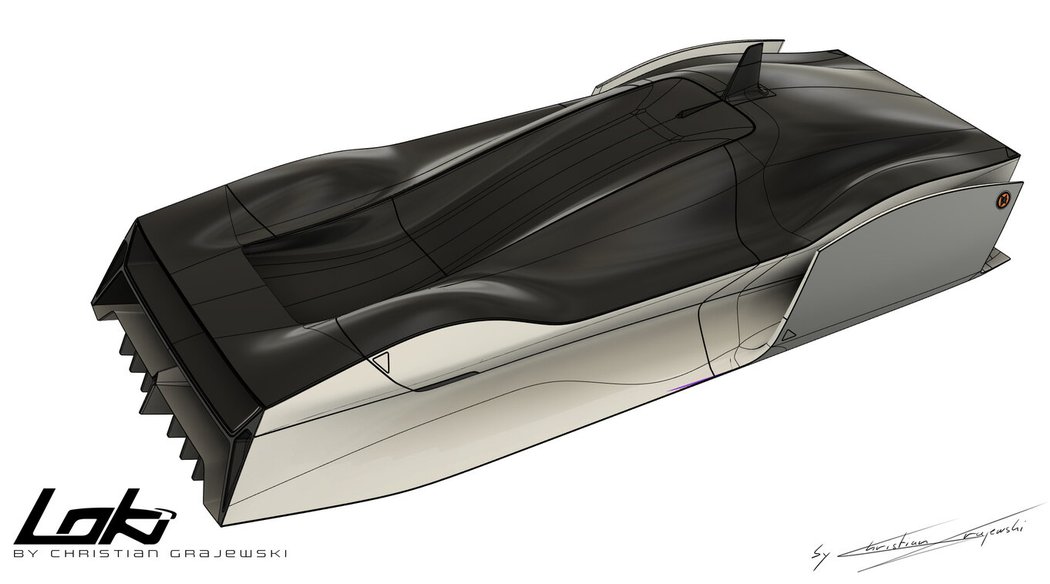
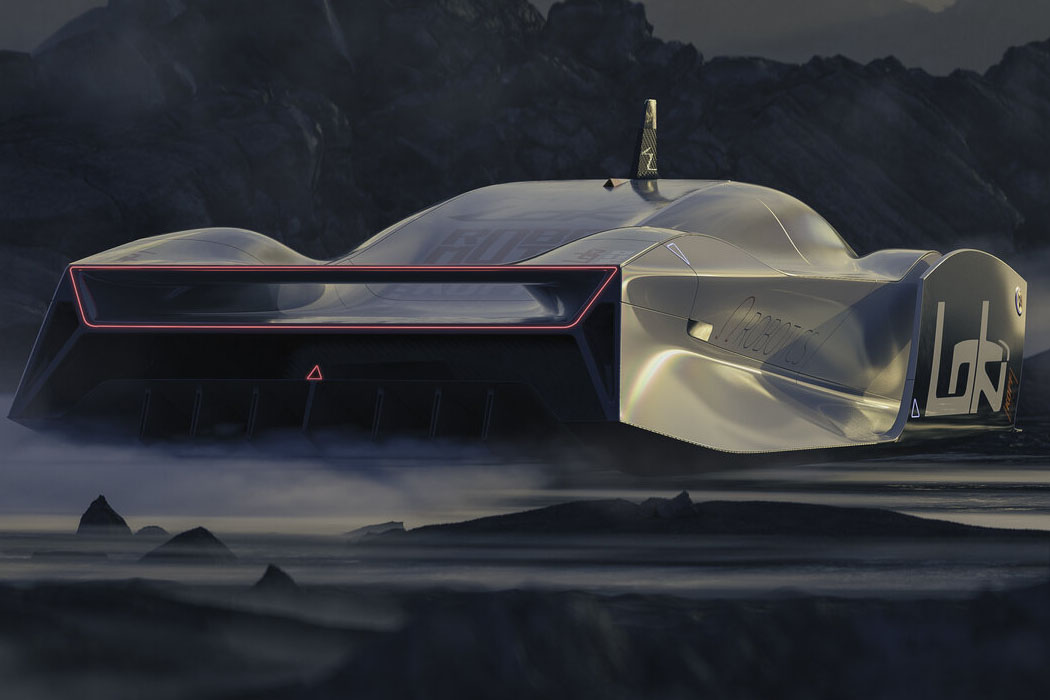
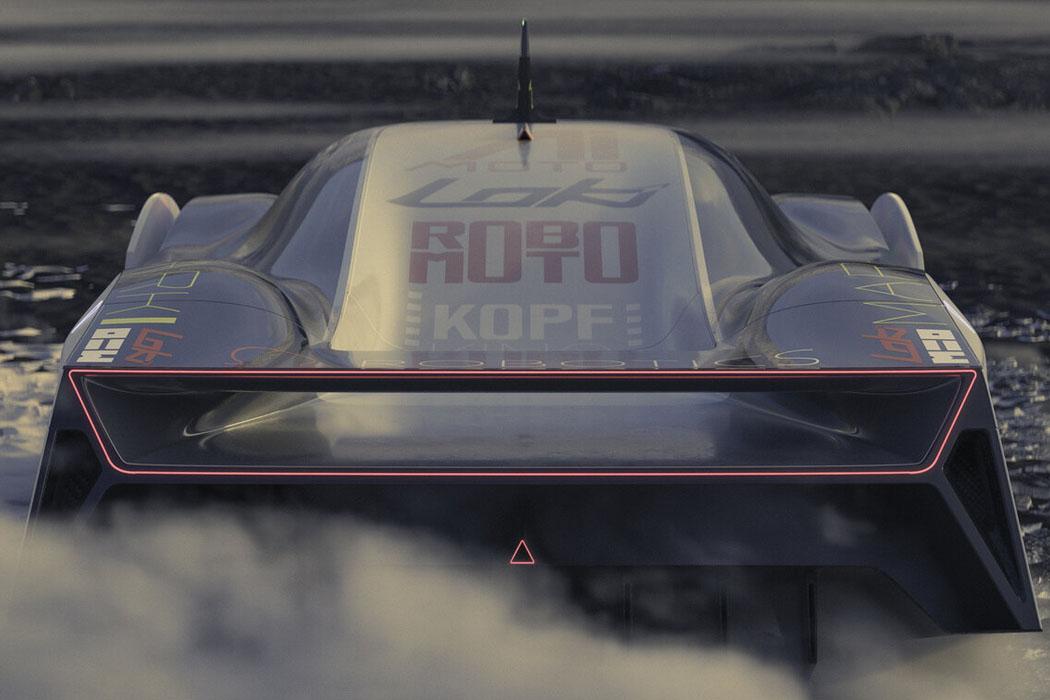
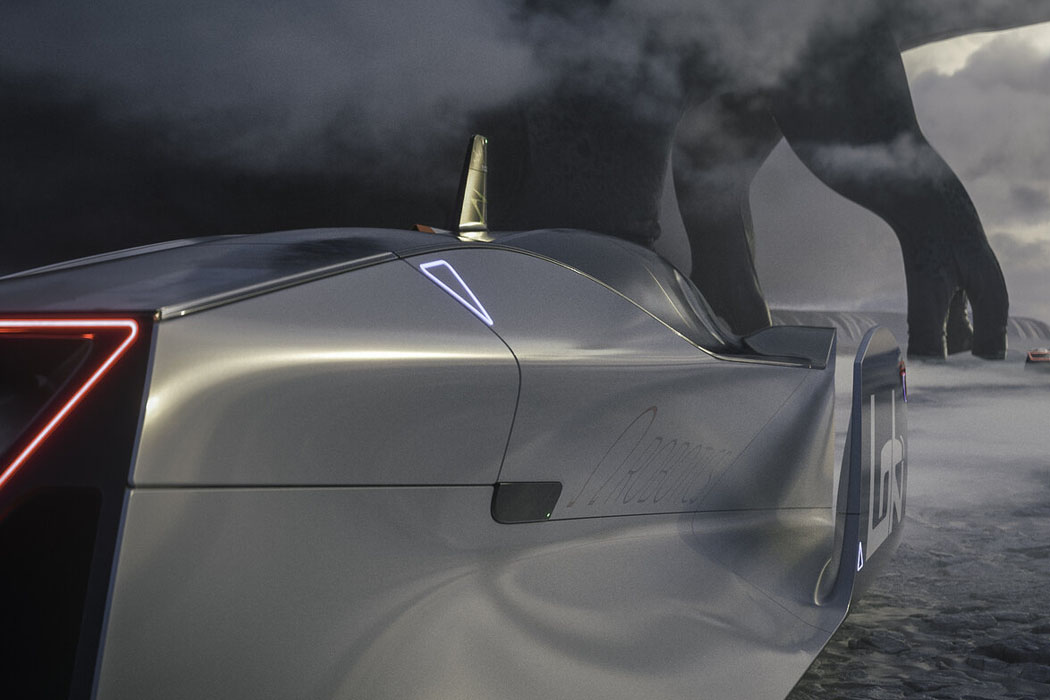
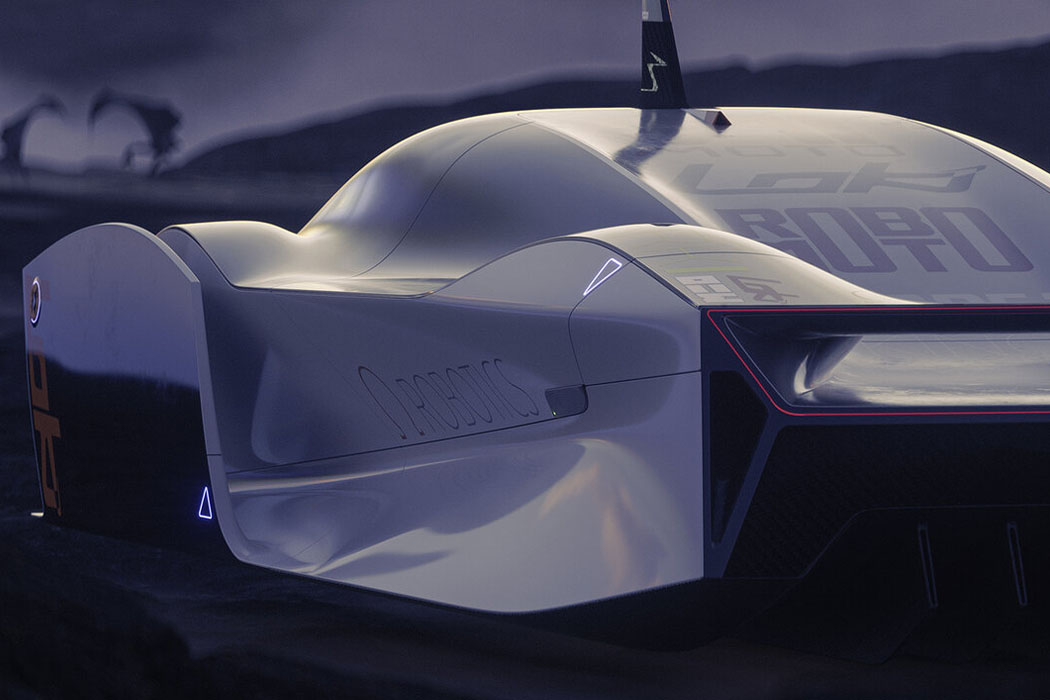
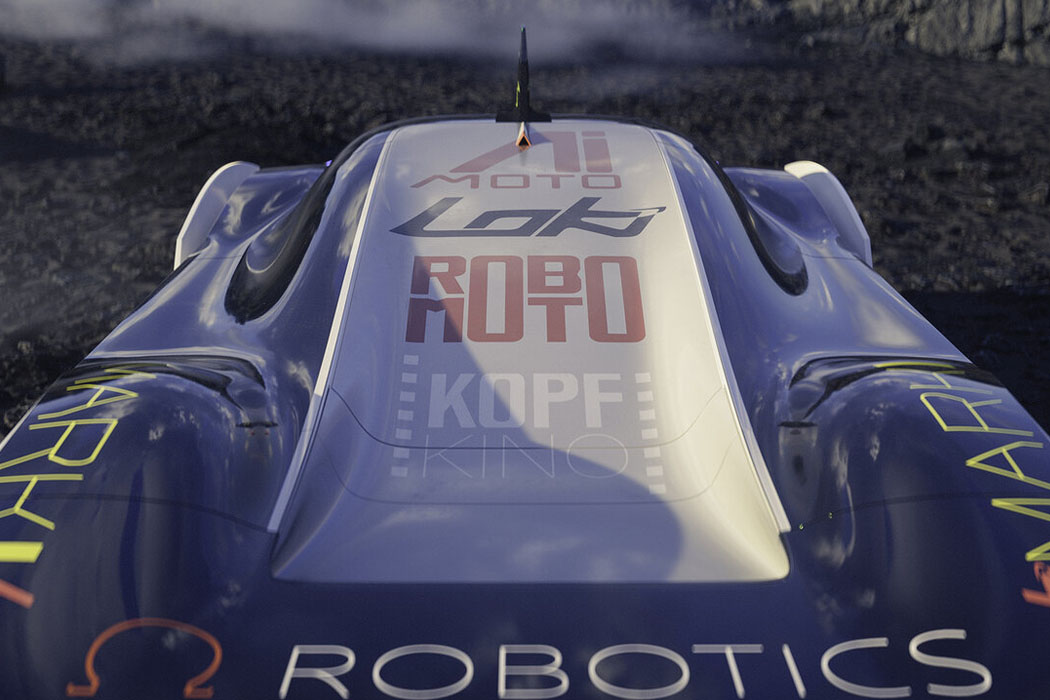
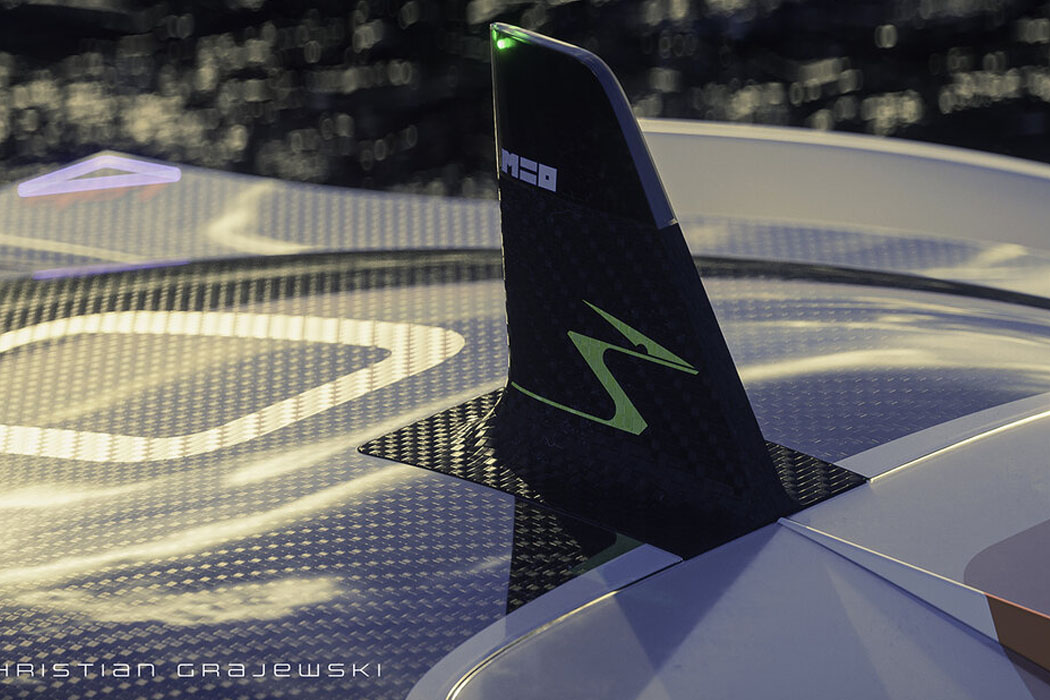
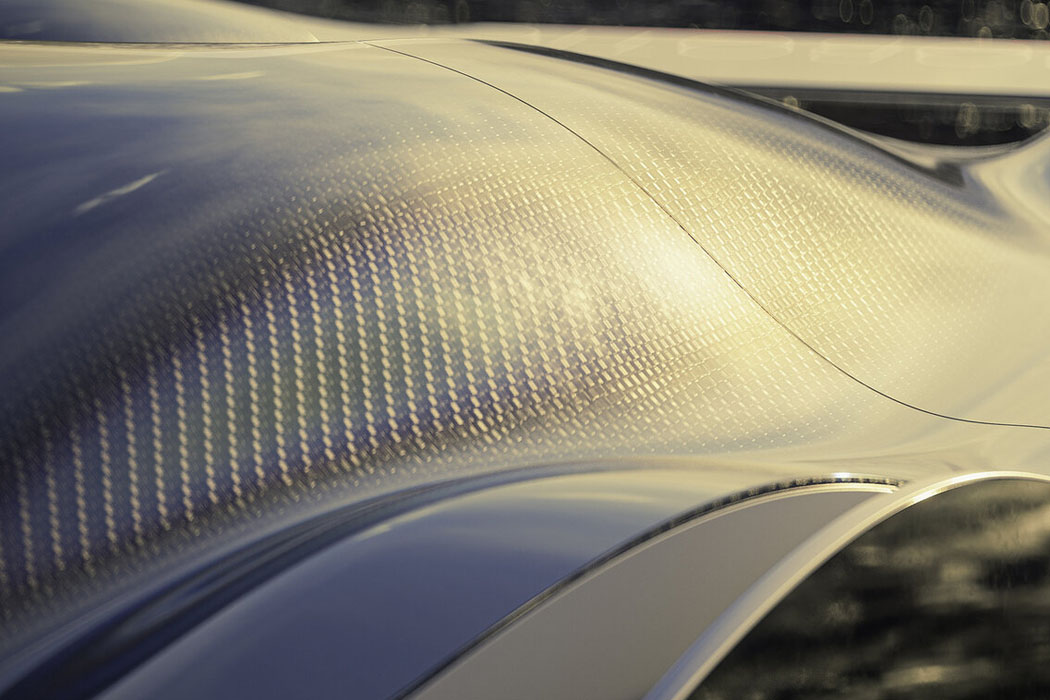
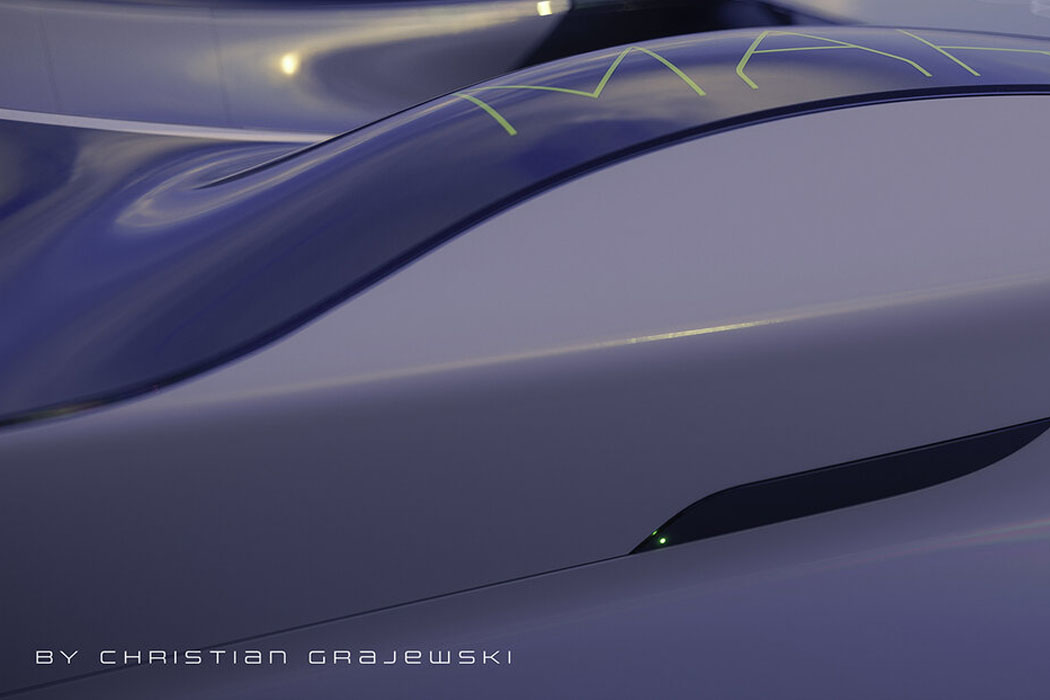
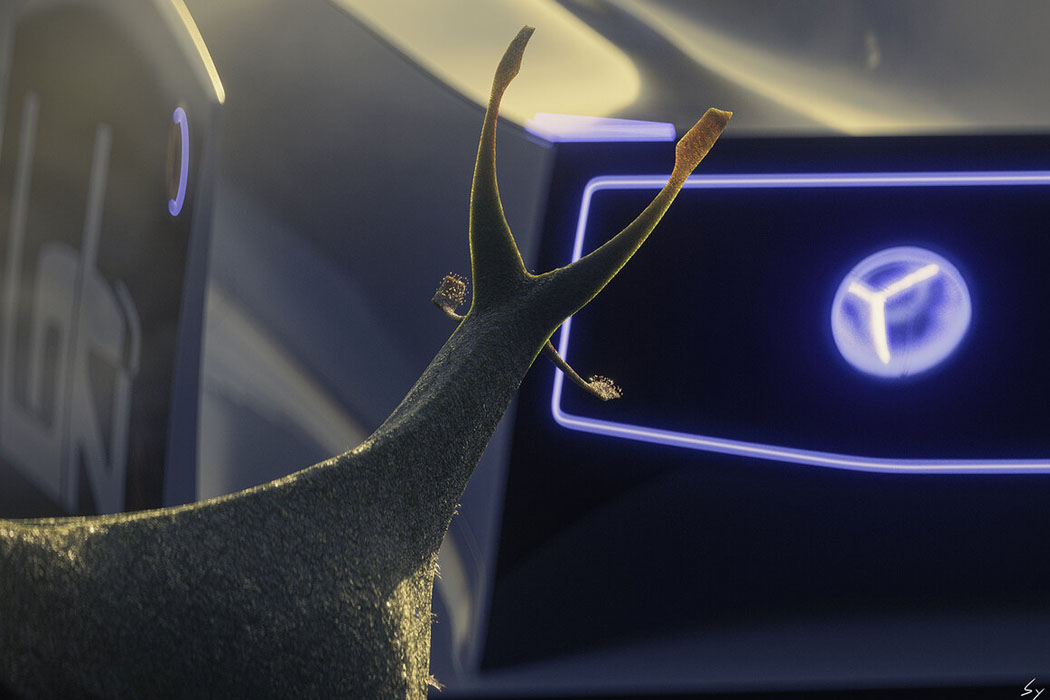
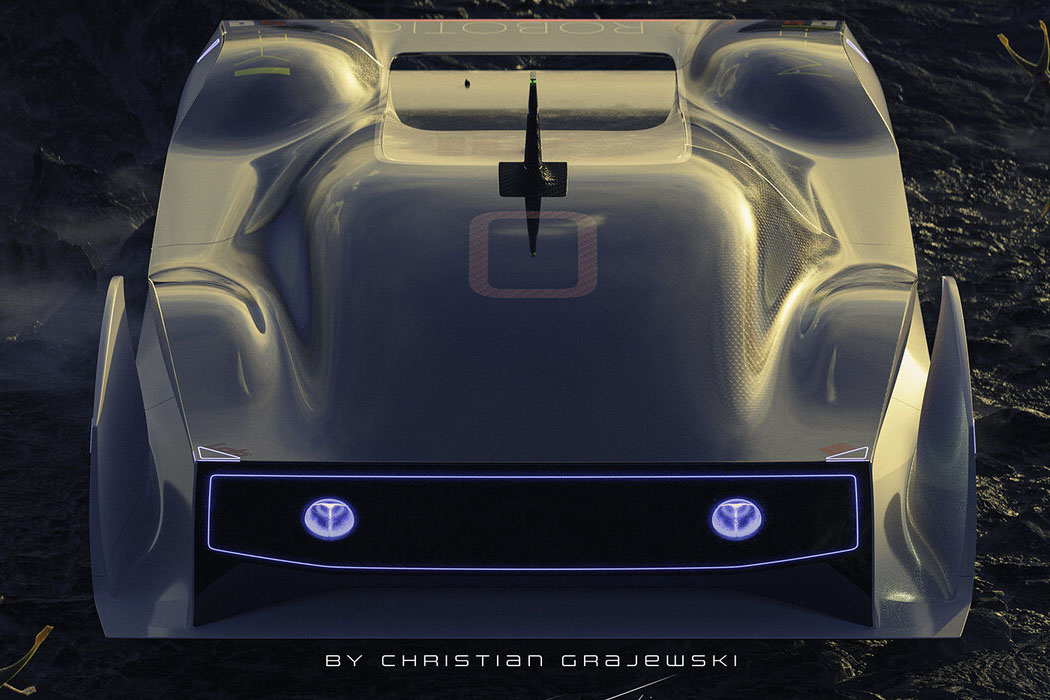
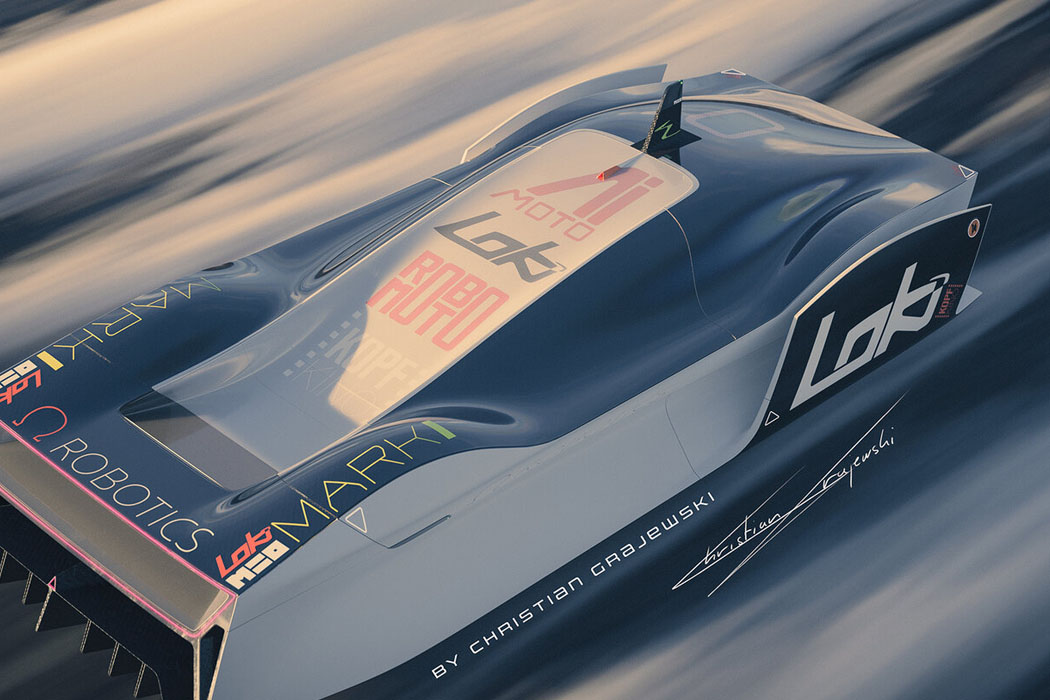
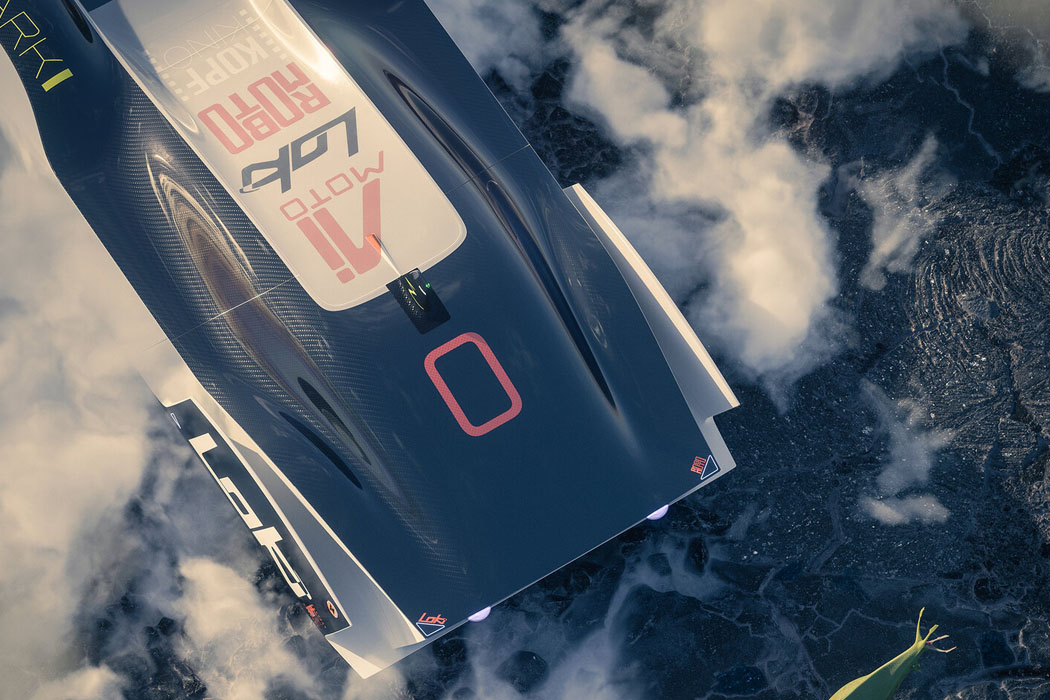
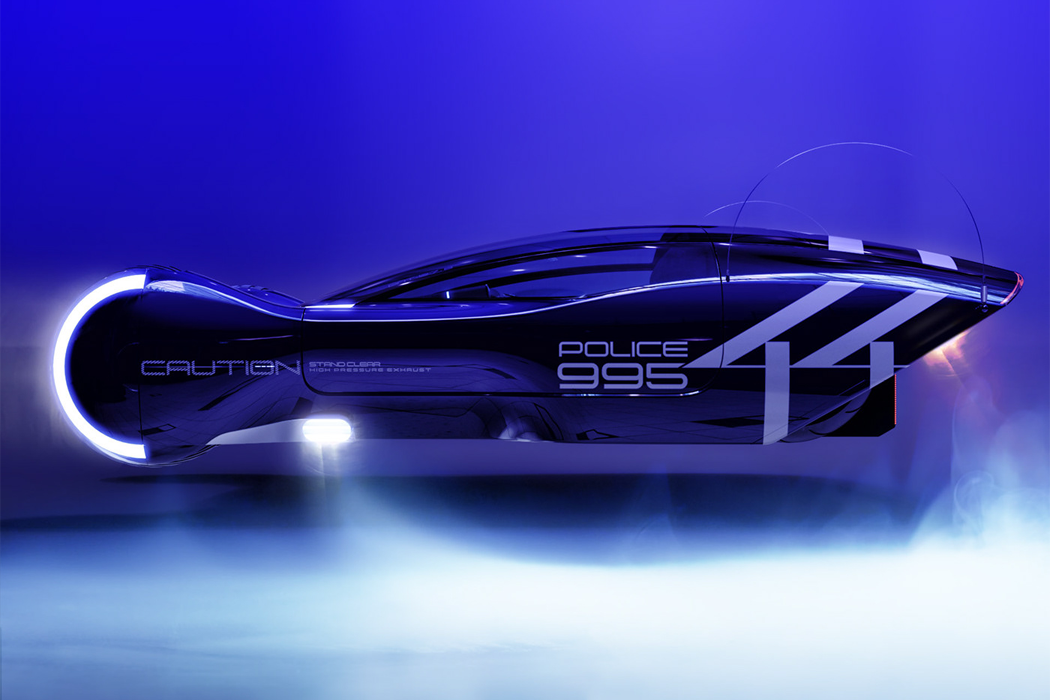

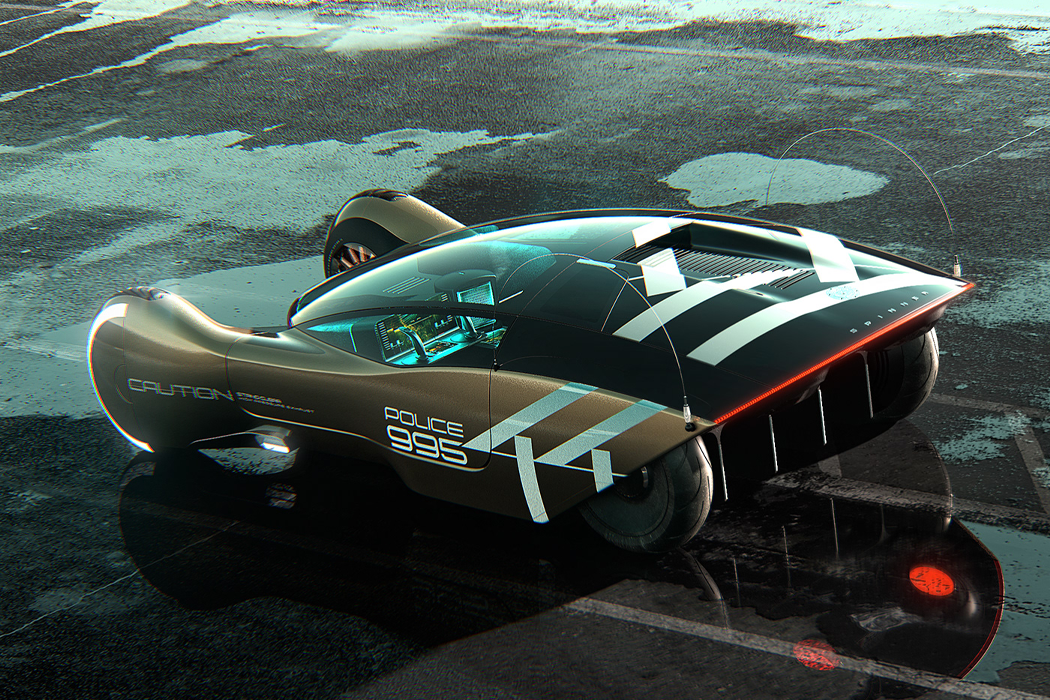
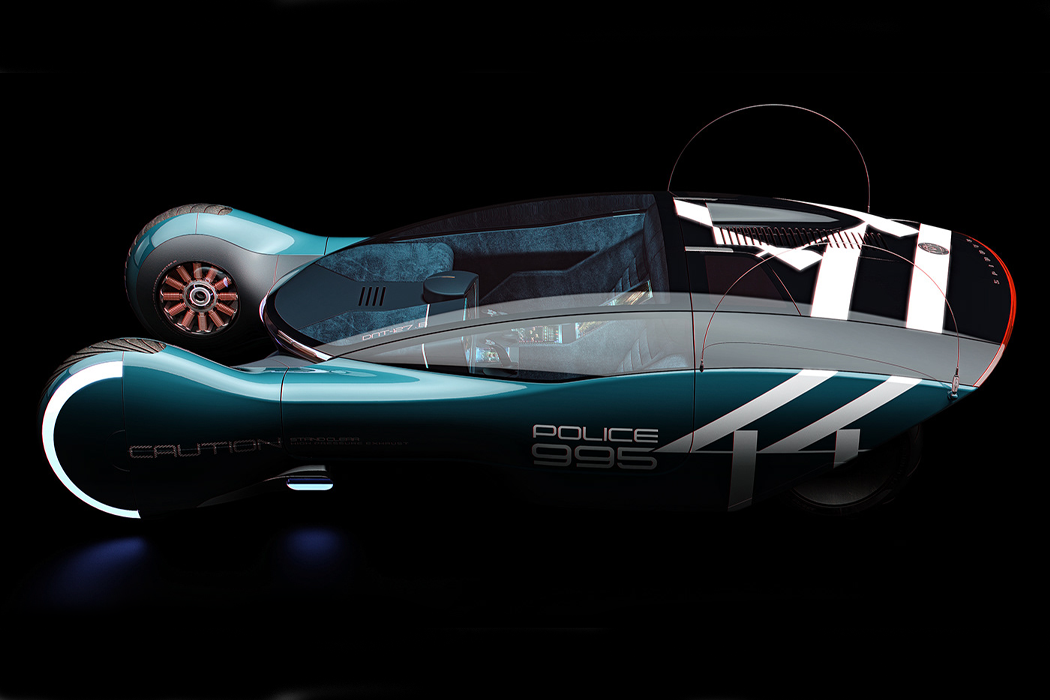
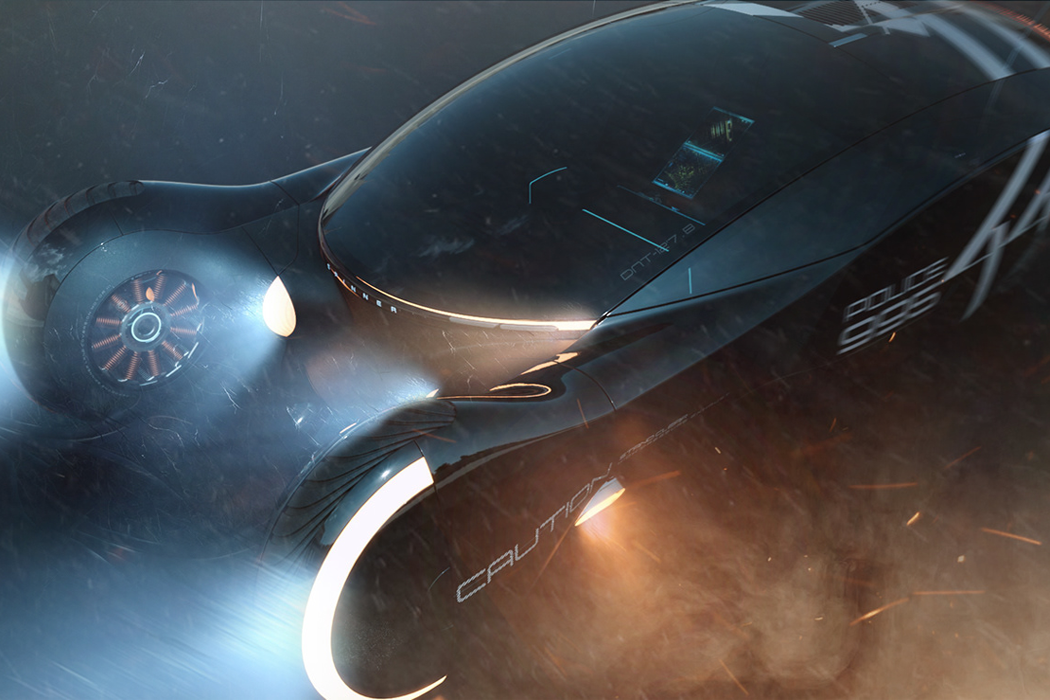
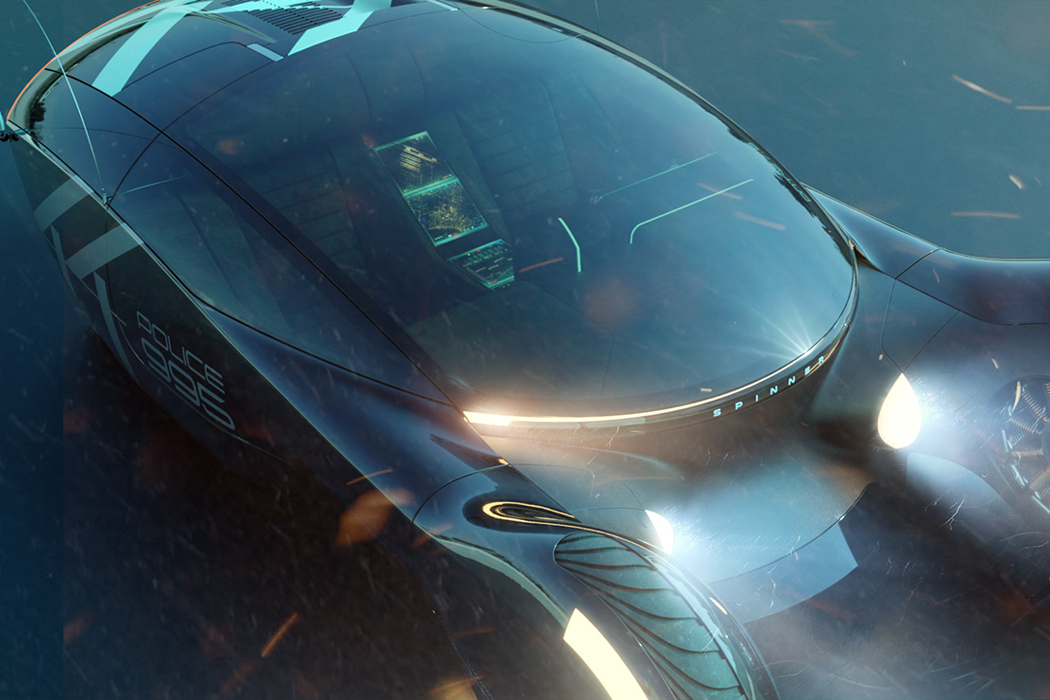
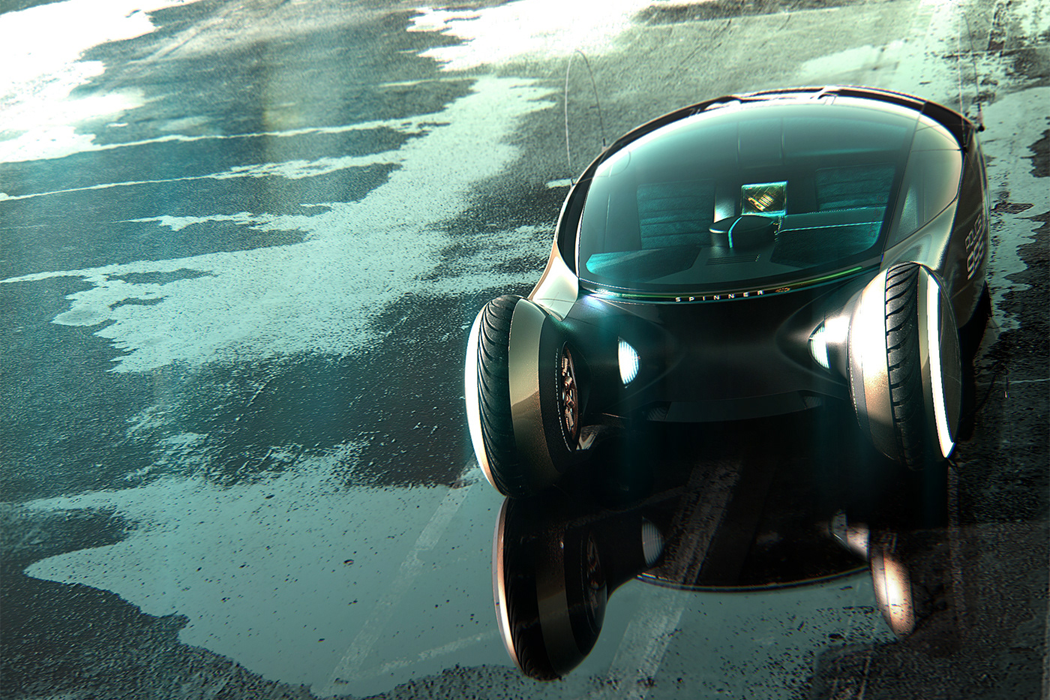
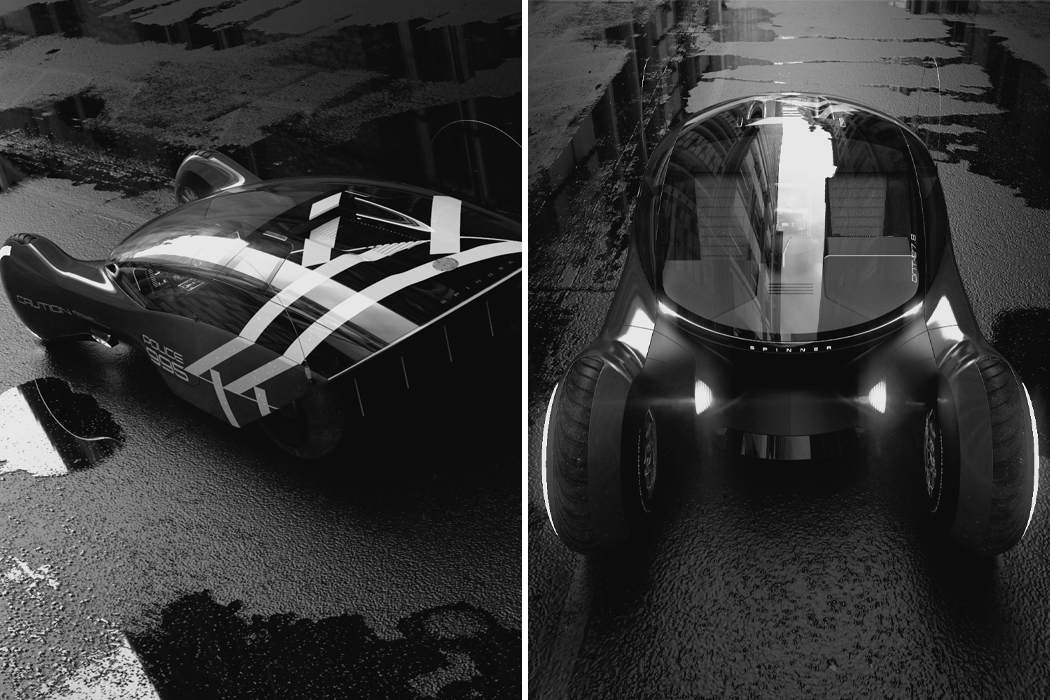
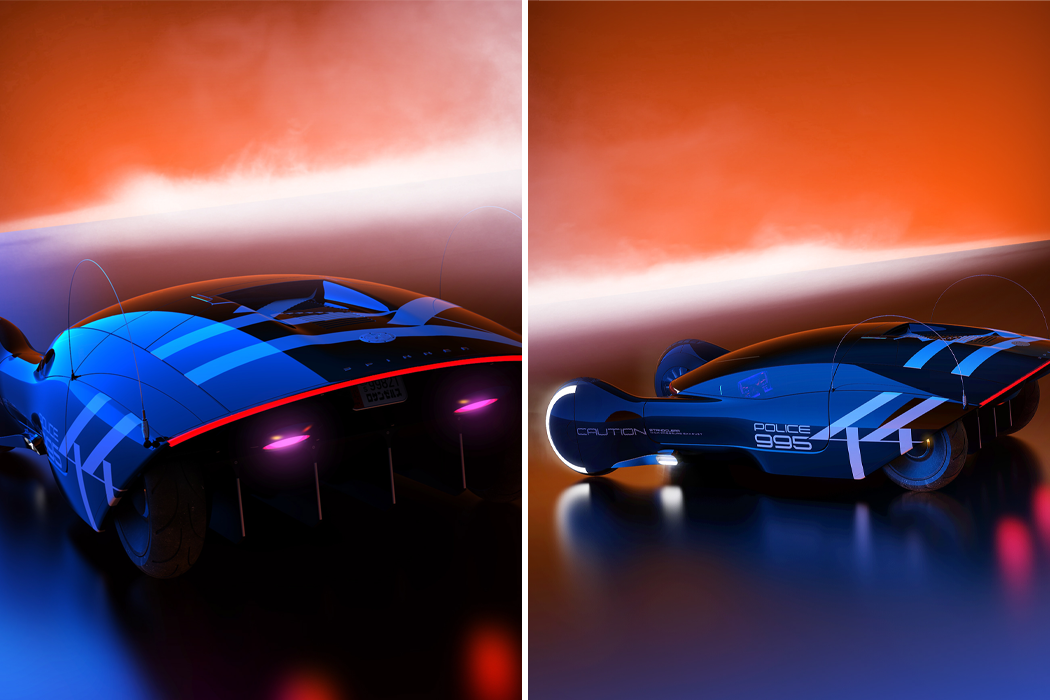
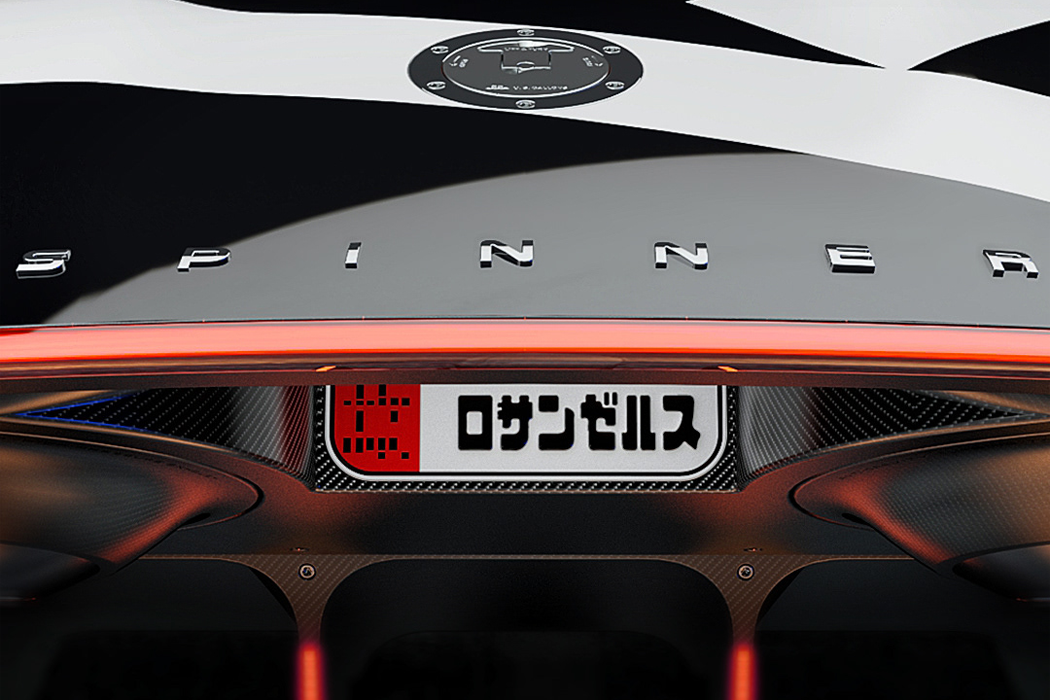
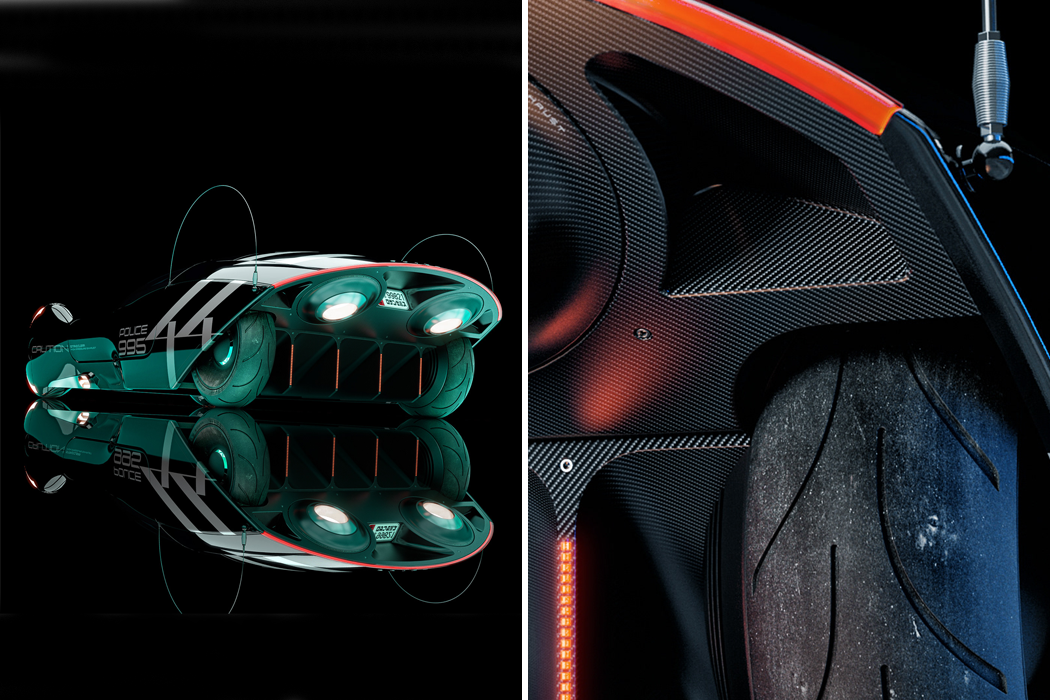
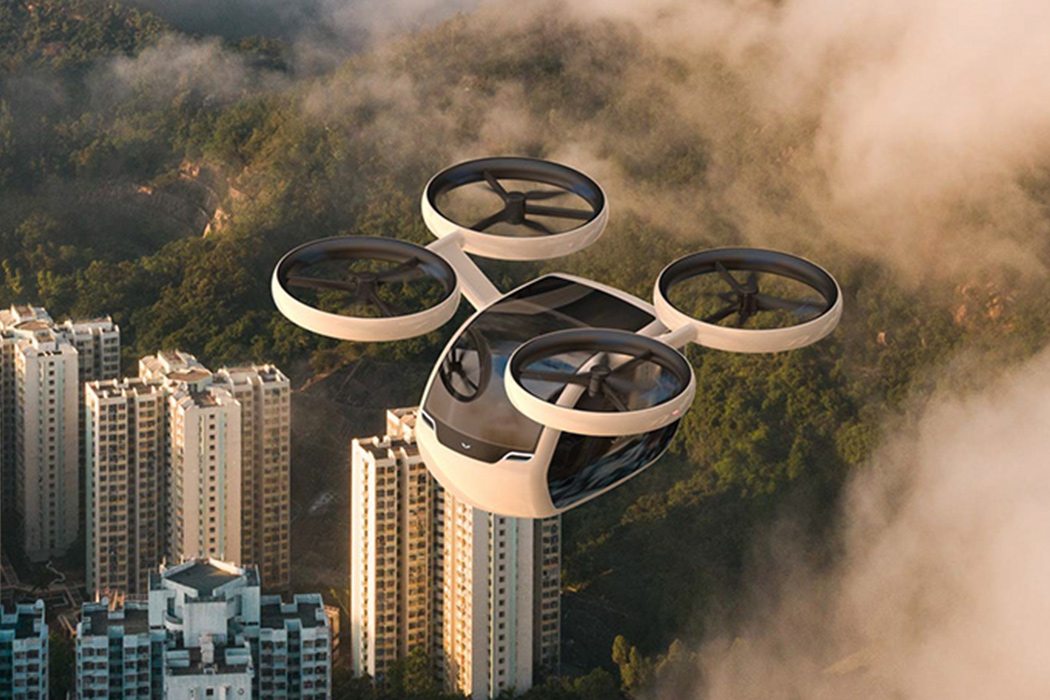
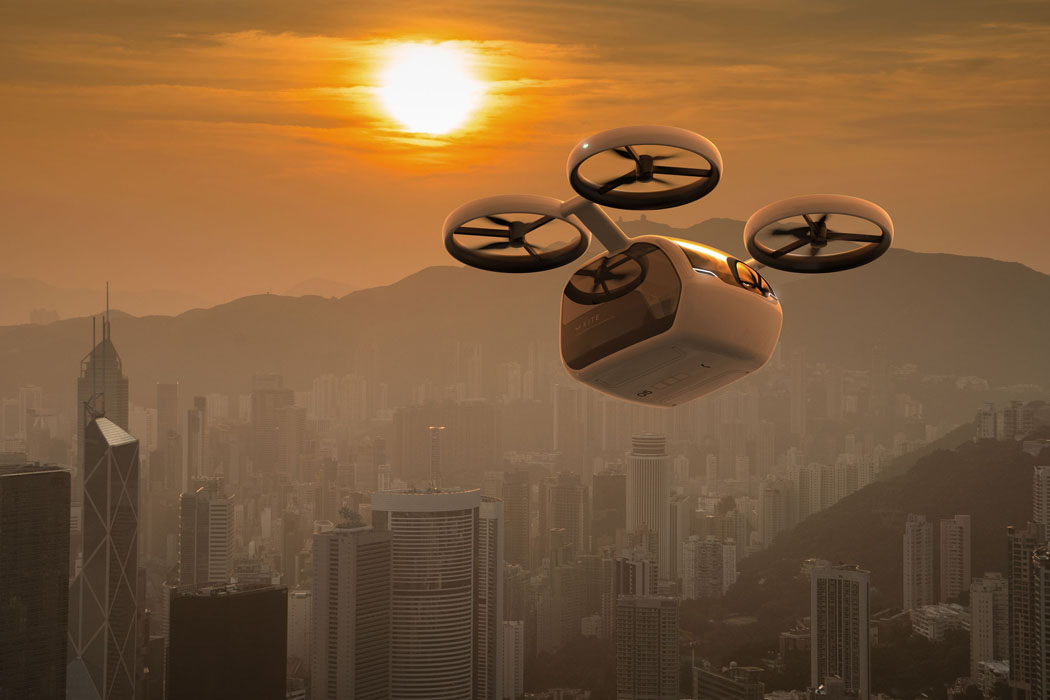
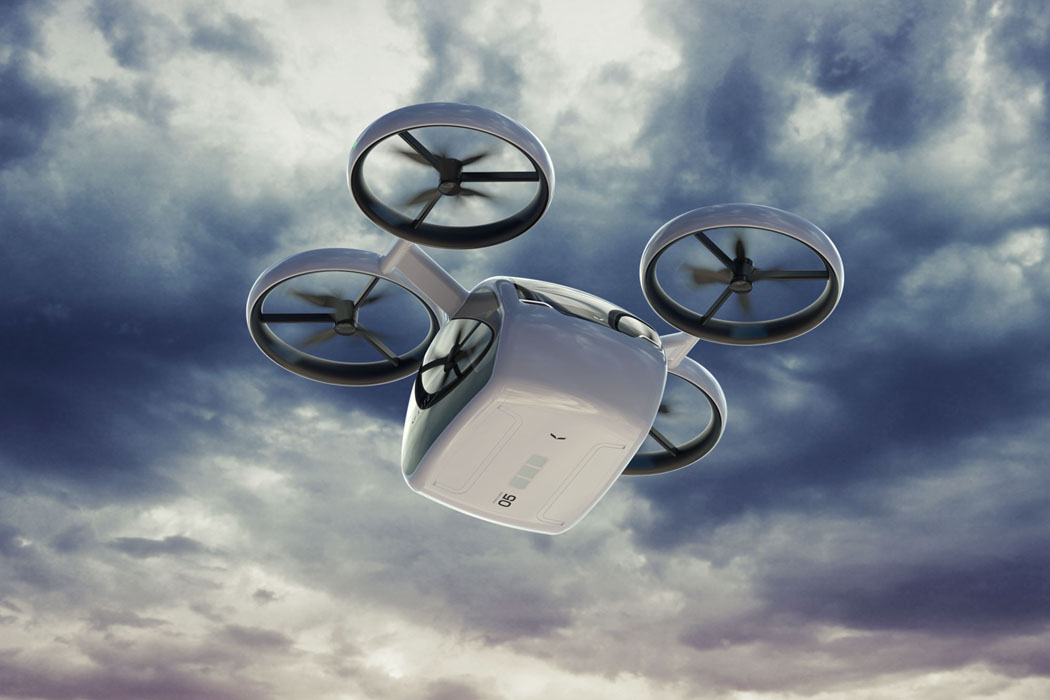
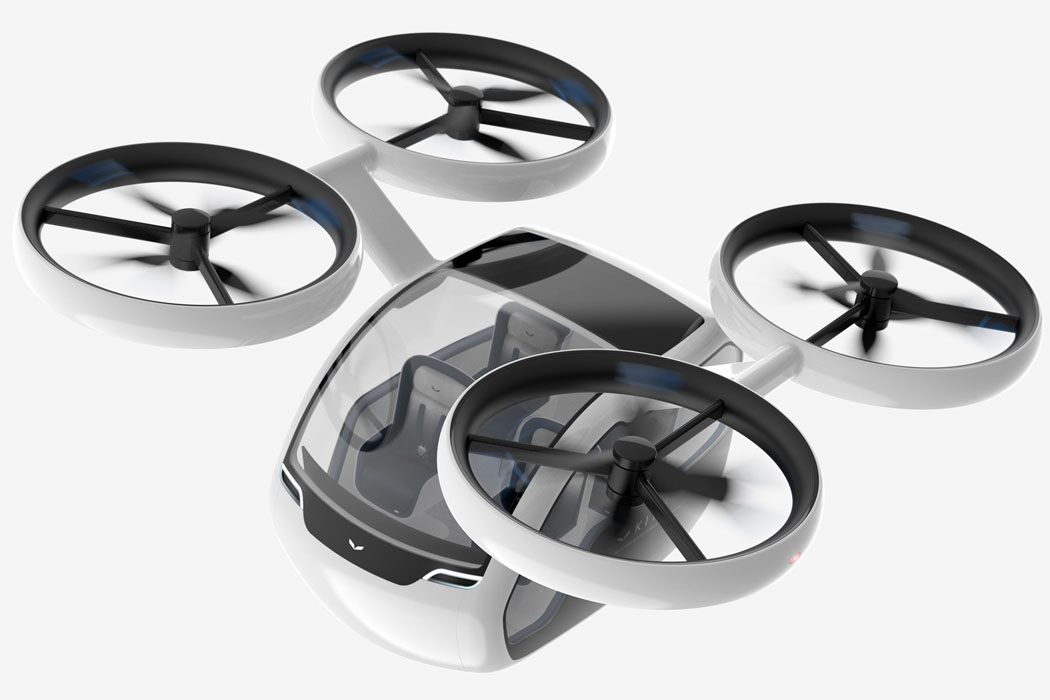
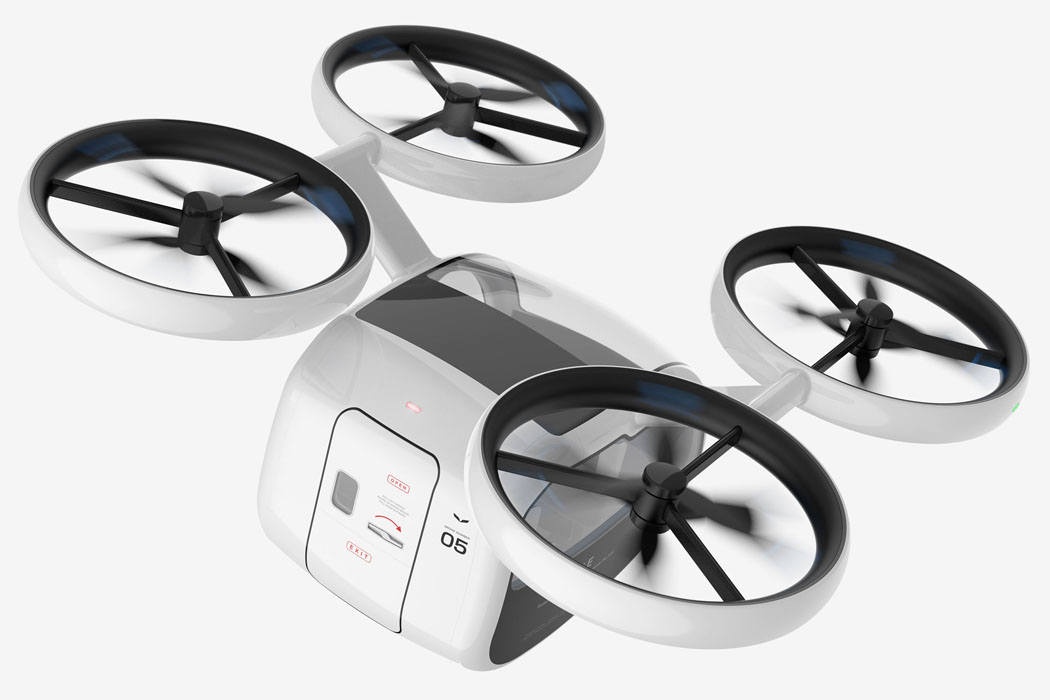
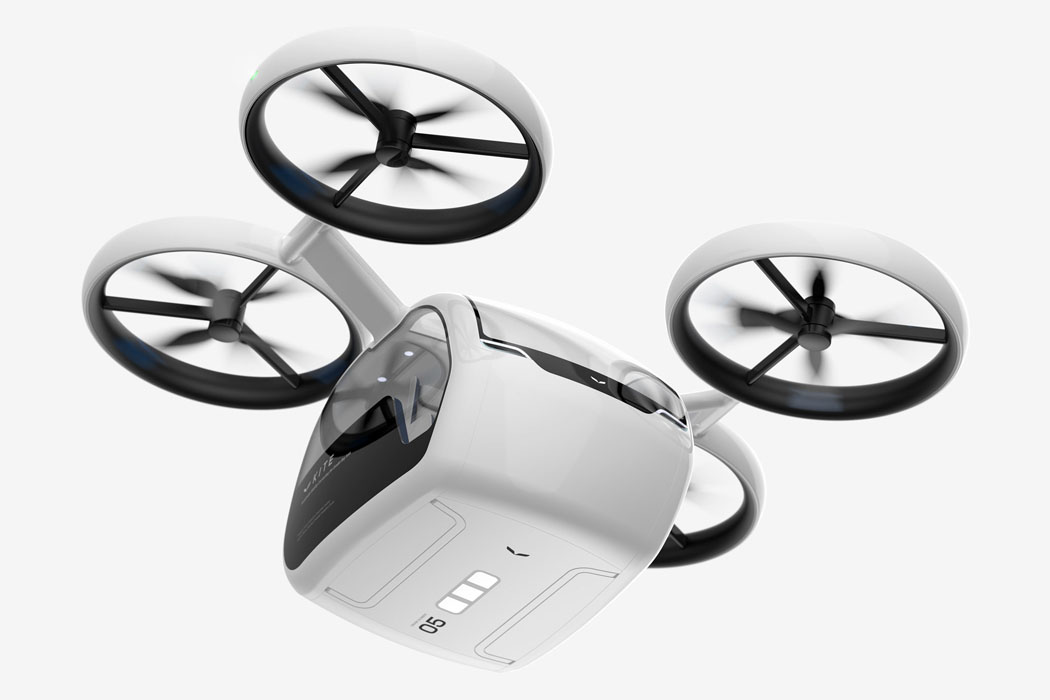
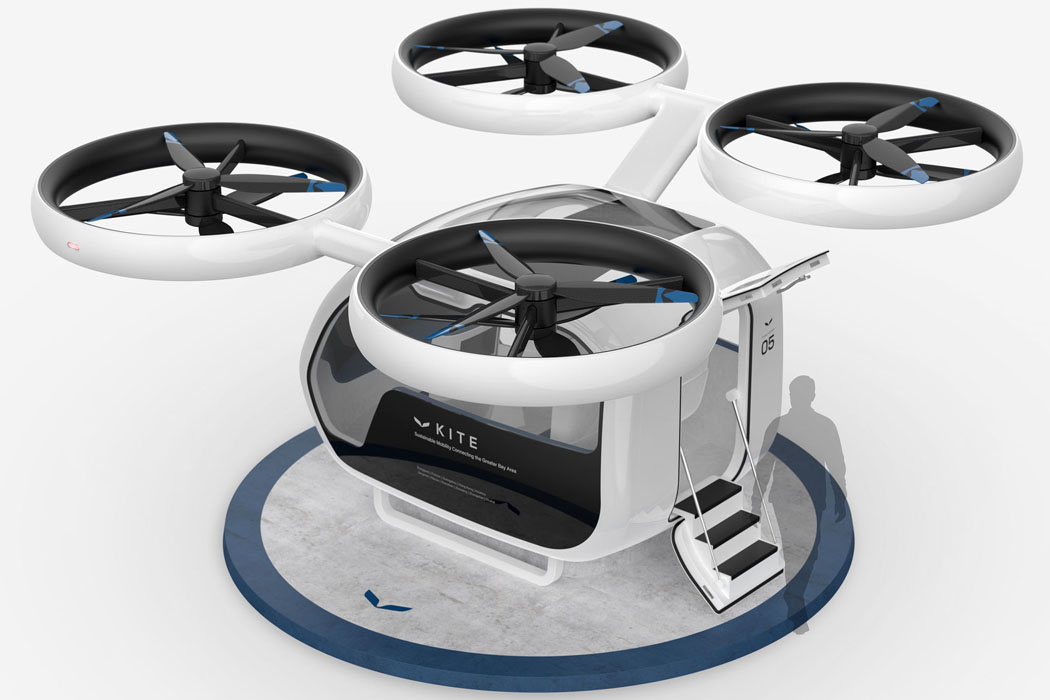

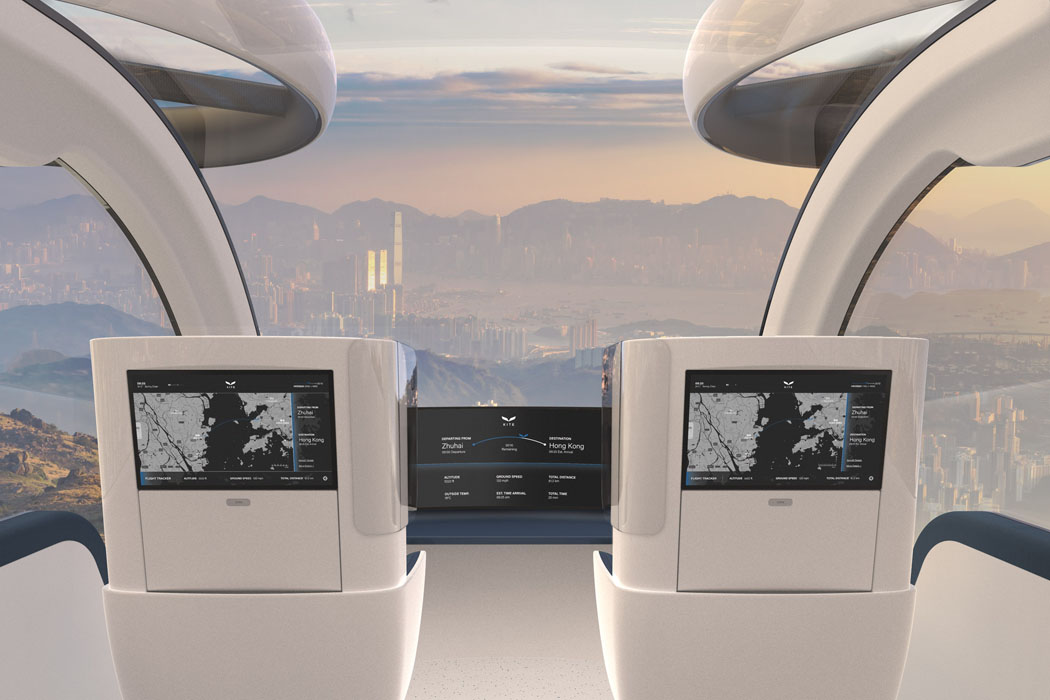

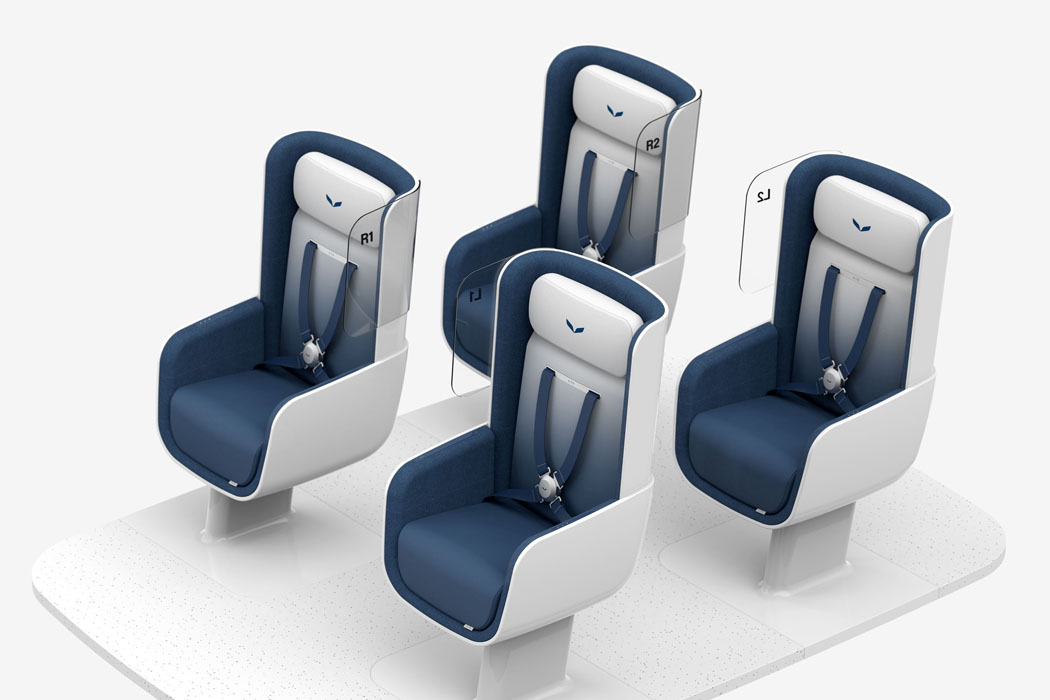
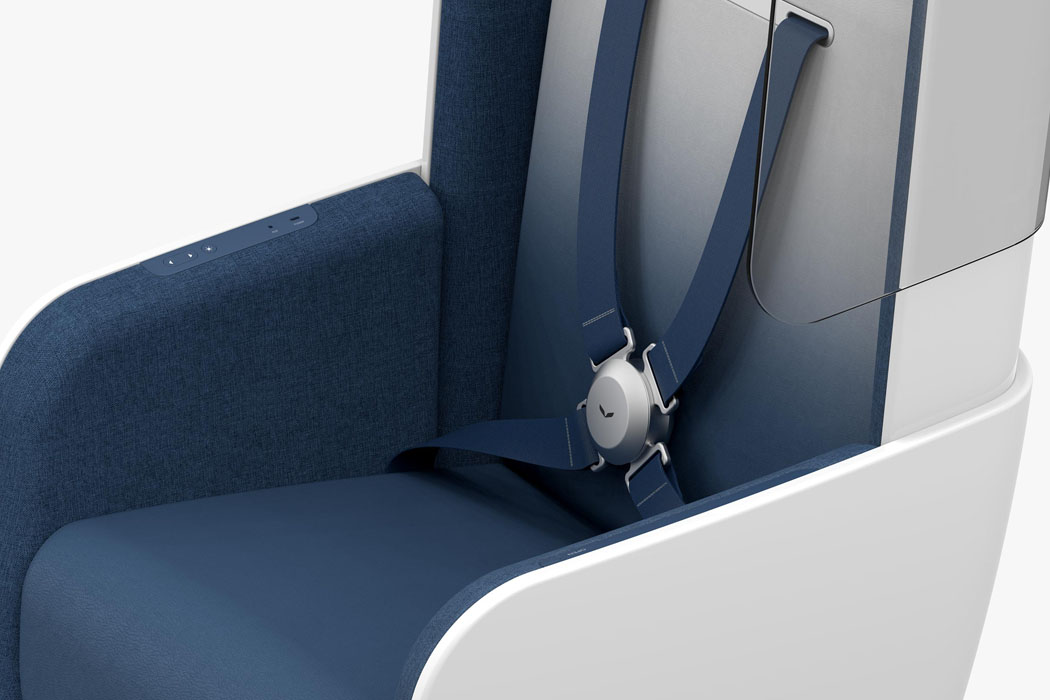
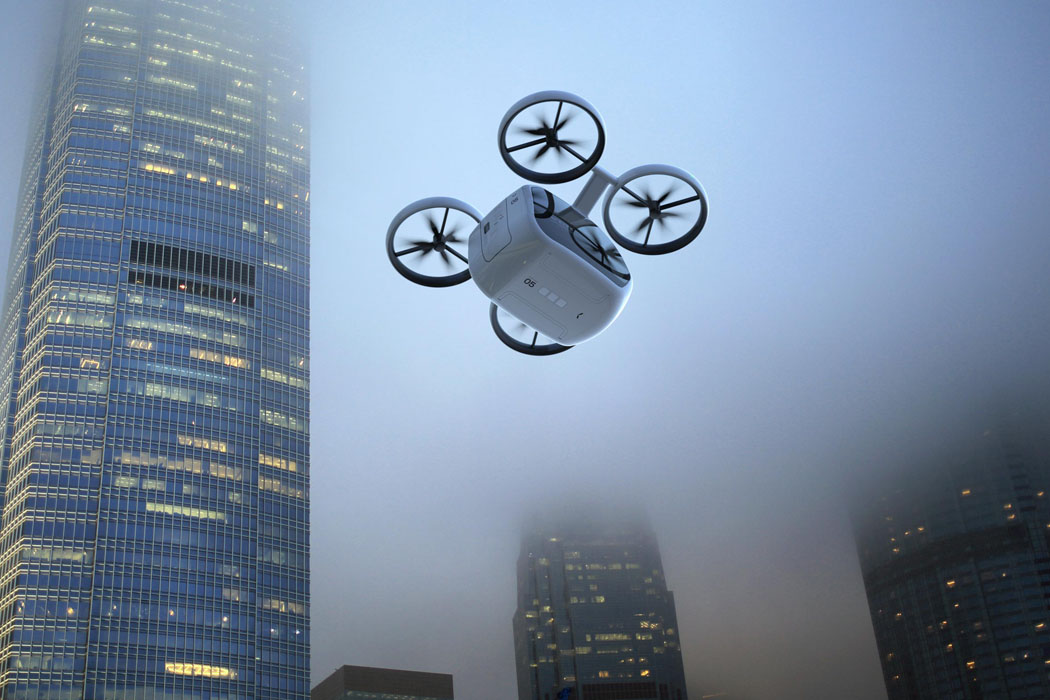
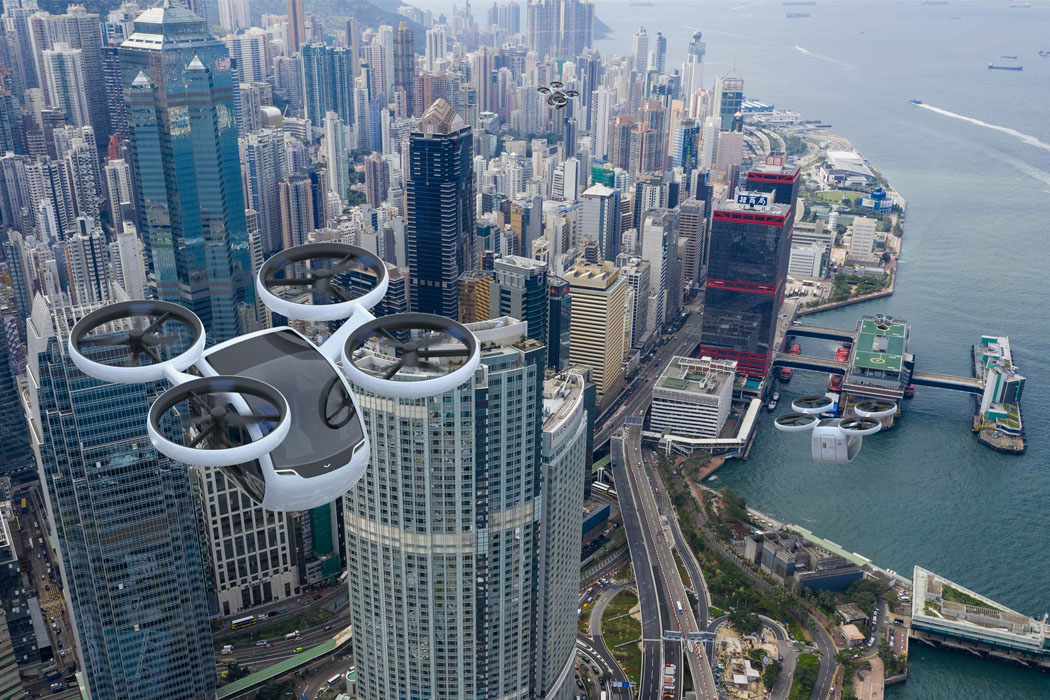
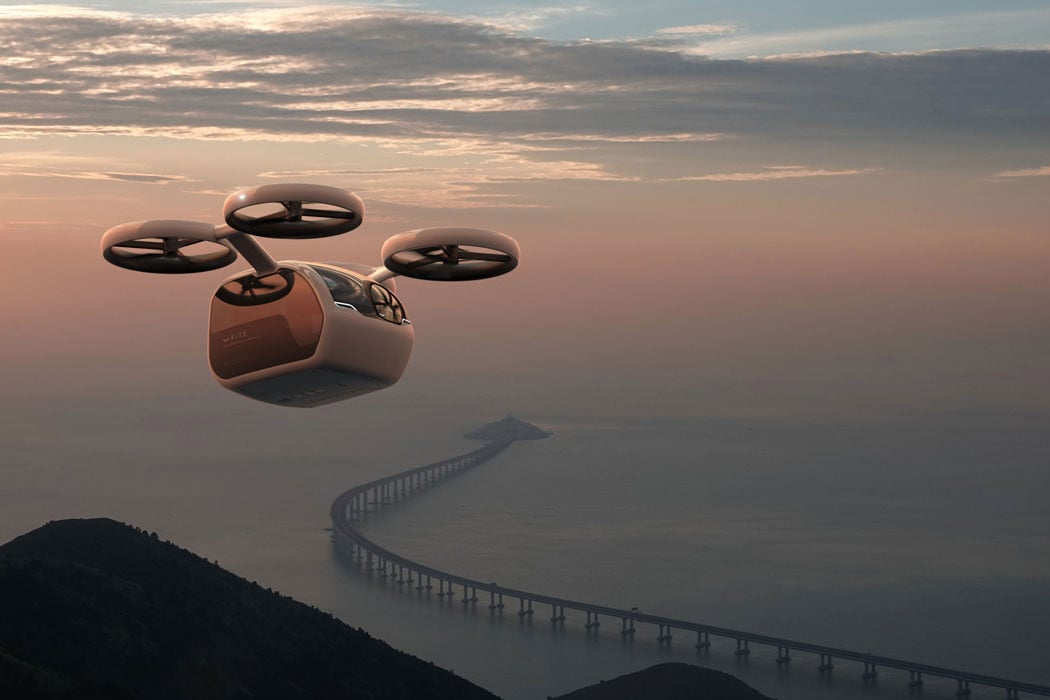
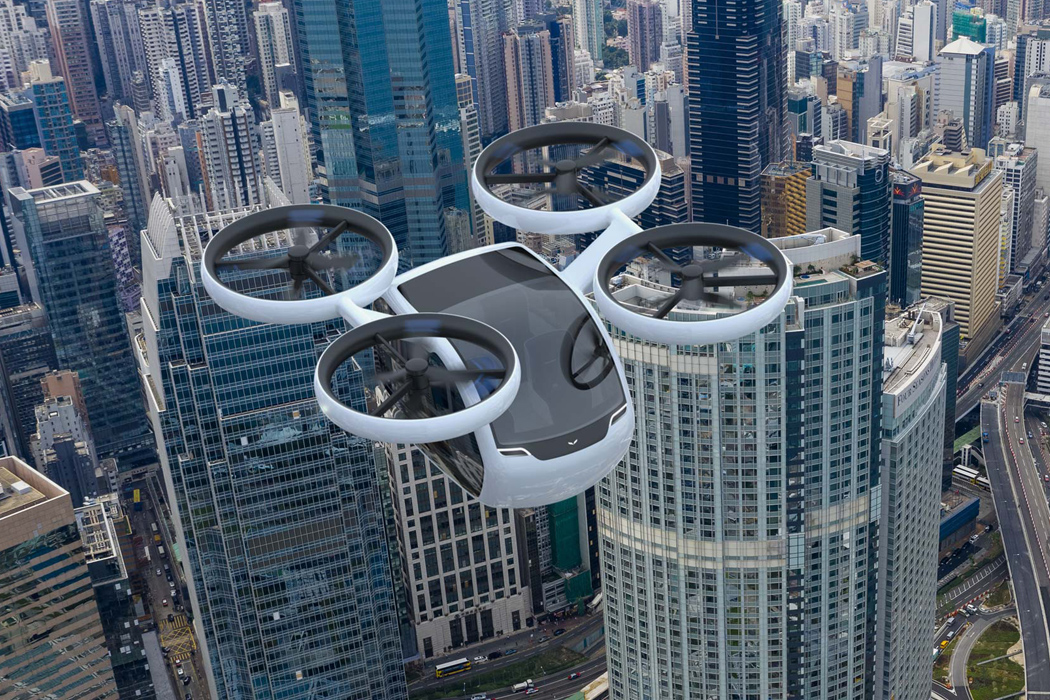
 It wouldn't be CES without companies showing off wildly ambitious tech, and Hyundai plans to accommodate. On January 6th, the South Korean automaker will introduce the public to its first Personal Air Vehicle (PAV), as well as two other concepts: An...
It wouldn't be CES without companies showing off wildly ambitious tech, and Hyundai plans to accommodate. On January 6th, the South Korean automaker will introduce the public to its first Personal Air Vehicle (PAV), as well as two other concepts: An...
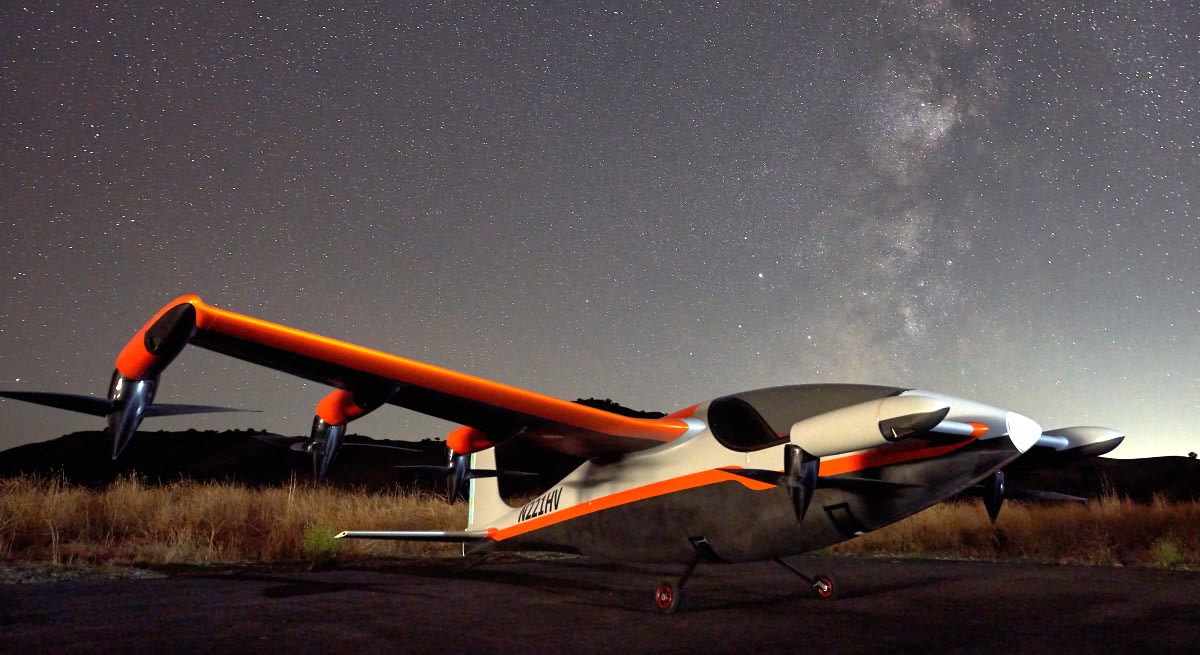 As the field of players in "urban air mobility" (read: flying cars) get more crowded every day, the Larry Page-backed effort Kitty Hawk is trying a different approach with its latest vehicle: it's very quiet. Dubbed Project Heaviside, it's all-electr...
As the field of players in "urban air mobility" (read: flying cars) get more crowded every day, the Larry Page-backed effort Kitty Hawk is trying a different approach with its latest vehicle: it's very quiet. Dubbed Project Heaviside, it's all-electr...
 Today, Hyundai threw its hat into the Urban Air Mobility (UAM) ring. The company announced that it's working to develop its own flying vehicles. Hyundai appointed Dr. Jaiwon Shin as head of its new UAM division. Most recently, Shin led NASA's Aeronau...
Today, Hyundai threw its hat into the Urban Air Mobility (UAM) ring. The company announced that it's working to develop its own flying vehicles. Hyundai appointed Dr. Jaiwon Shin as head of its new UAM division. Most recently, Shin led NASA's Aeronau...
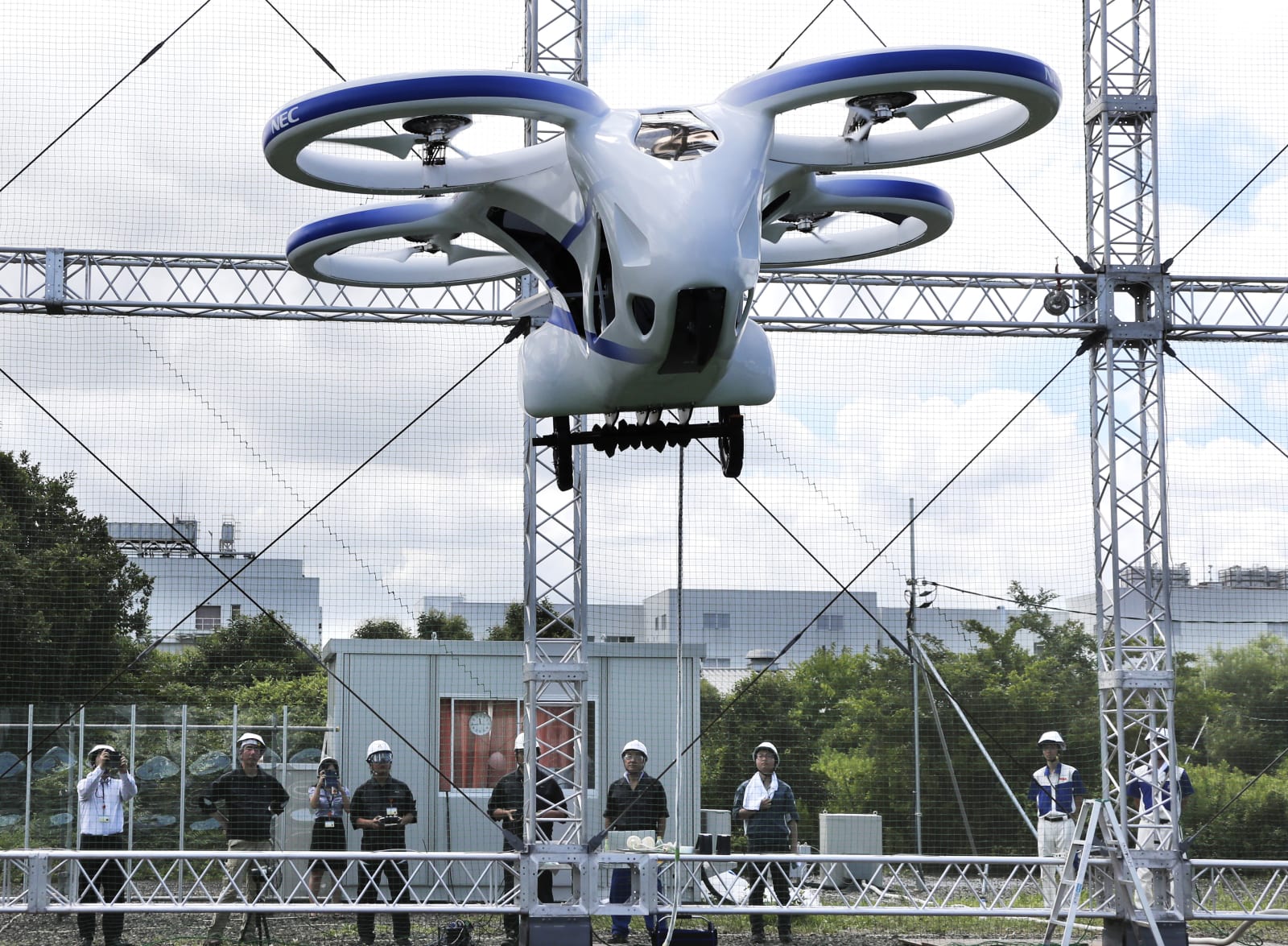 Japan is eager to become a leader in the passenger drone industry. NEC Corp nudged the nation a step closer to that goal Monday with a demo of a people-carrying quadcopter, which stayed in the air for about a minute. The company operated the flight i...
Japan is eager to become a leader in the passenger drone industry. NEC Corp nudged the nation a step closer to that goal Monday with a demo of a people-carrying quadcopter, which stayed in the air for about a minute. The company operated the flight i...